
UPON
A
LINE
VERONIKA
WENGER
Curated by
SELIMA
NIGGL
BOXES
ART
MUSEUM
2024.12.21 –
2025.03.16
The exhibition has been extended through March 26, 2025

Upon a line
Photo: Boxes Art Museum
A DRAWING IS A DRAWING IS A QUESTION IS AN ENCOURAGEMENT
On the work of Veronika Wenger
Selima Niggl
A drawing is said to be the shortest, the most direct way between the artistic intention and its realization on the surface. I don’t have to mix paint, I don’t have to stretch a canvas, I don‘t have to wait for a layer of paint to dry. I don’t have to carve a stone either. I have no complex technical device between my perception and my pictorial decision. Regardless of time and place, a drawing can be created on the smallest piece of paper.
A drawing is said to be the closest thing to conception, to the formulation of thoughts, to thinking itself and, last but not least, to writing, which is nothing more than drawing meaning on white paper. The Greek word Graphein, from which words such as graphics or calligraphy are derived, makes no distinction here. It means both drawing and writing.
Horst Bredekamp brings these two aspects of drawing together – the free, the improvised and the conceptual, the thinking – when he writes: “It is drawings and diagrammatic lines that develop their own suggestive power on the border between thought and materialization, which is not due to any other form of expression. Independent of any artistic talent, the drawing as the first trace of the body on paper embodies thinking in its highest possible immediacy.” (Horst Bredekamp 2007)
It is also the greatest possible immediacy when the drawing line – as Wenger describes it – resists the artist and her claim to represent reality: “Since I gave in to the lines, to free myself from the tensions, the direction, the form, they jump around on the sheet.” On the other hand, she repeatedly contrasts the shimmering line, groping for objects, with the hard-contoured, non-representational surface, the clear format and the often explicit color of the adhesive tape. Tension arises between these poles.
Tension also arises from Wenger’s unusual placement of the motif in the pictorial space, from her offensive juxtaposition of fullness and emptiness. She rarely works entirely on the surface available to her. On the contrary, there is no work in which the picture support is not visible. This gives it a special role, and it becomes relevant to the work whether she chooses ‘elegant’ paper, slippery, shiny PVC panels or plastic canvas. The latter – found in an Italian fabric warehouse – seduces with its strange haptics as much as it abruptly repels, recalling the plastic tablecloths of yesteryear.
For Wenger, however, the question of pictorial space is not only a question of the surface of the drawing, but always also of its end. The edge of the picture is consciously included in the creative process. The lines often ‘sit’, as Wenger herself puts it, as traces of a drawing action, seemingly detached and isolated on the surface. They are only protected by the space that the drawing itself offers. But then there are also works in which the end of the pictorial space is almost painfully palpable, as parallel lines seek the minimum distance from the ‘edge’. This reveals Wenger’s desire to explode the pictorial space, to transfer the ‘artificial’ artistic drawing into the real environment and thus into life. However, in contrast to the dominant assertion of a Pollockian allover, Wenger approaches it prudently. She cautiously explores boundaries and is aware of the at least partly utopian nature of her undertaking.
It is this openness, this courage to take risks, to be unfinished, to try out the unfamiliar, the unestablished, this balancing “upon a line” with the greatest possible restraint and modesty that makes Veronika Wenger’s drawings so special. They communicate at eye level with those of us standing in front of them, or as Ezgi Bakçai aptly describes it: “[The artist] takes you by the hand and invites you to keep playing.”
By allowing her lines to break free, by asking questions rather than providing ready-made answers, Wenger liberates not only herself but also her counterpart. Her drawings whisper to us: “Overcome yourself, go out, take action, don’t be afraid of imperfection, of the tentative search, of the limits that you will inevitably encounter. You will leave a trace, even if it as delicate as a pencil stroke!”
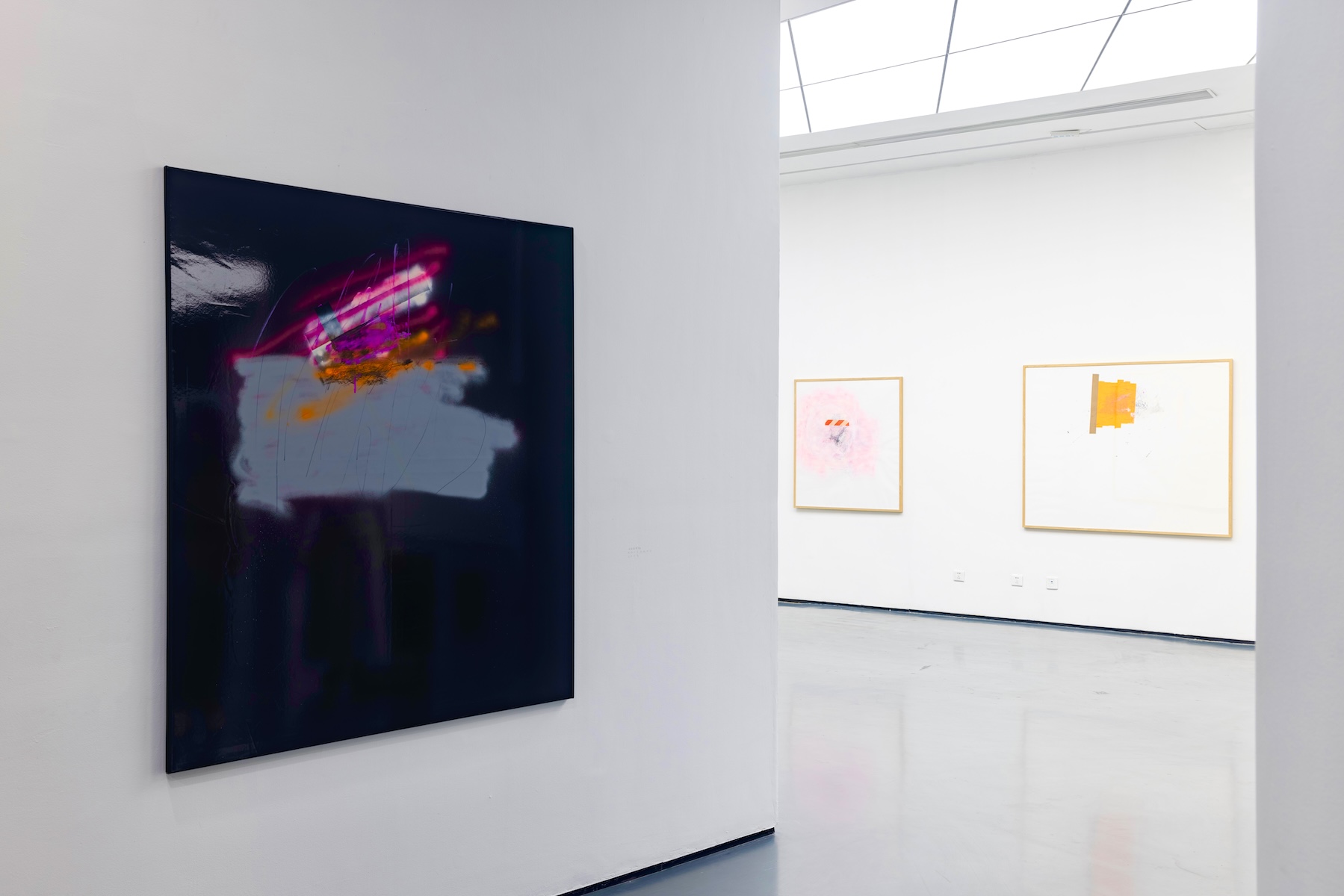
Upon a line
Photo: Boxes Art Museum
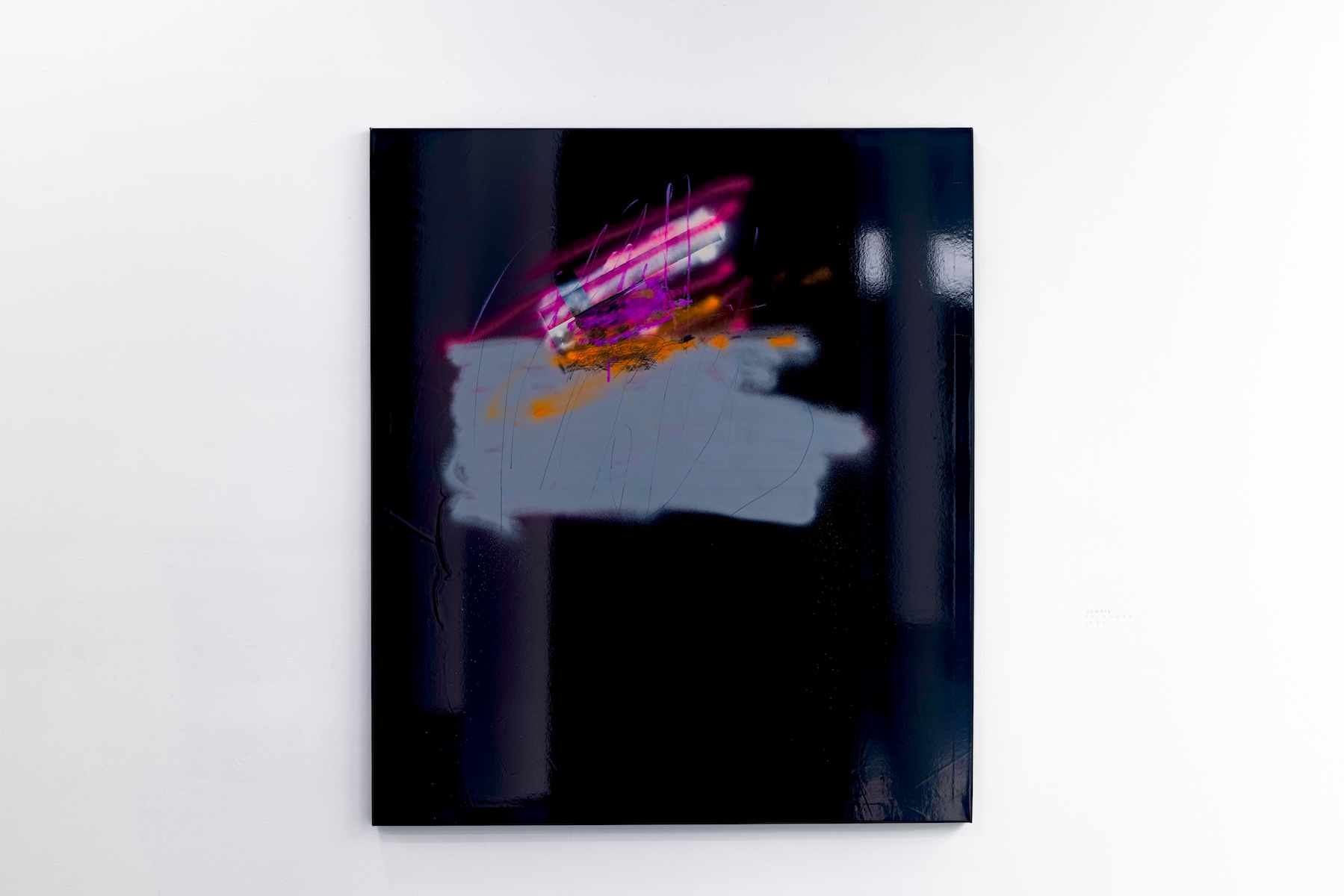
Veronika Wenger, 2023
Photo: Boxes Art Museum
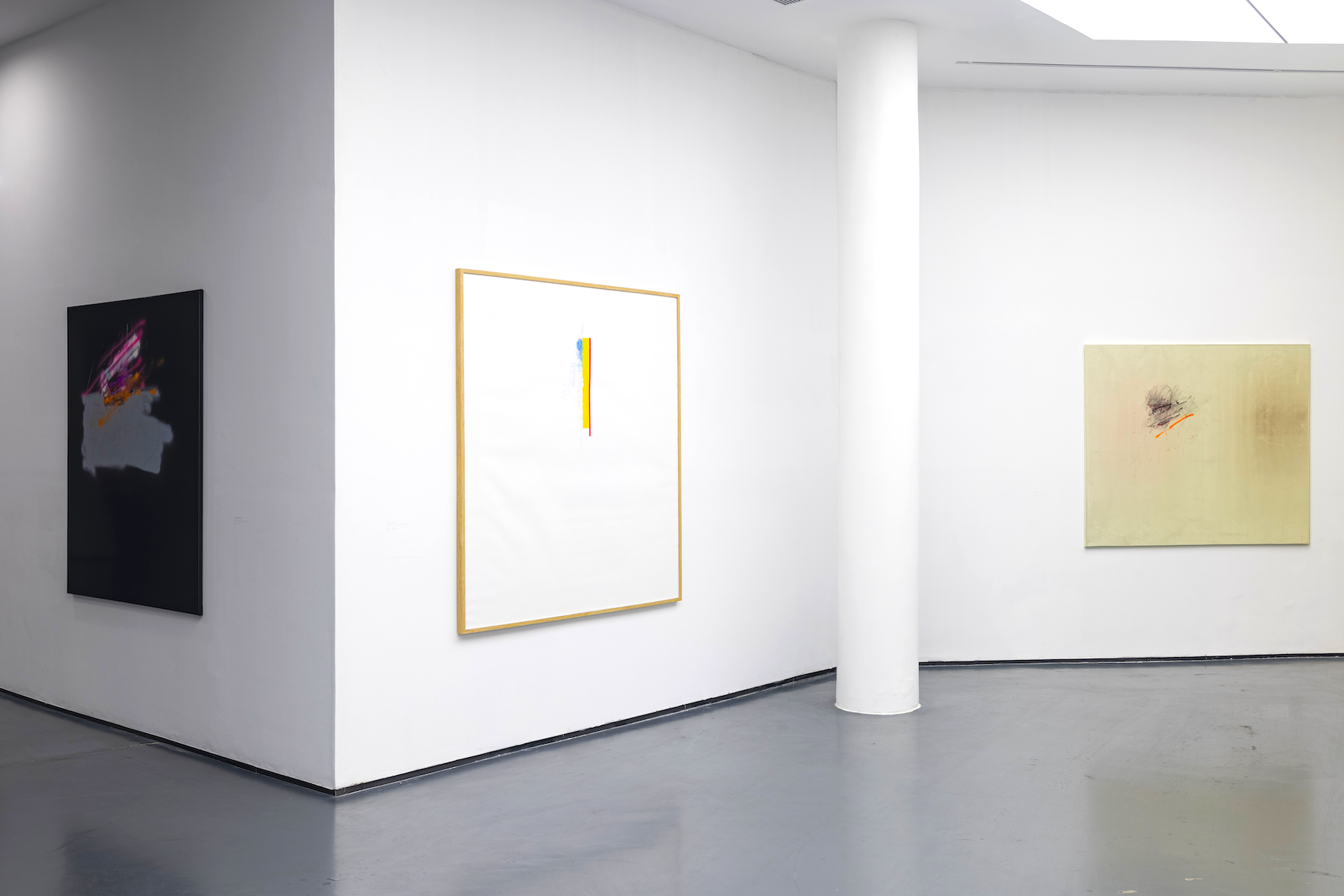
Upon a line
Photo: Boxes Art Museum

Upon a line
Photo: Boxes Art Museum
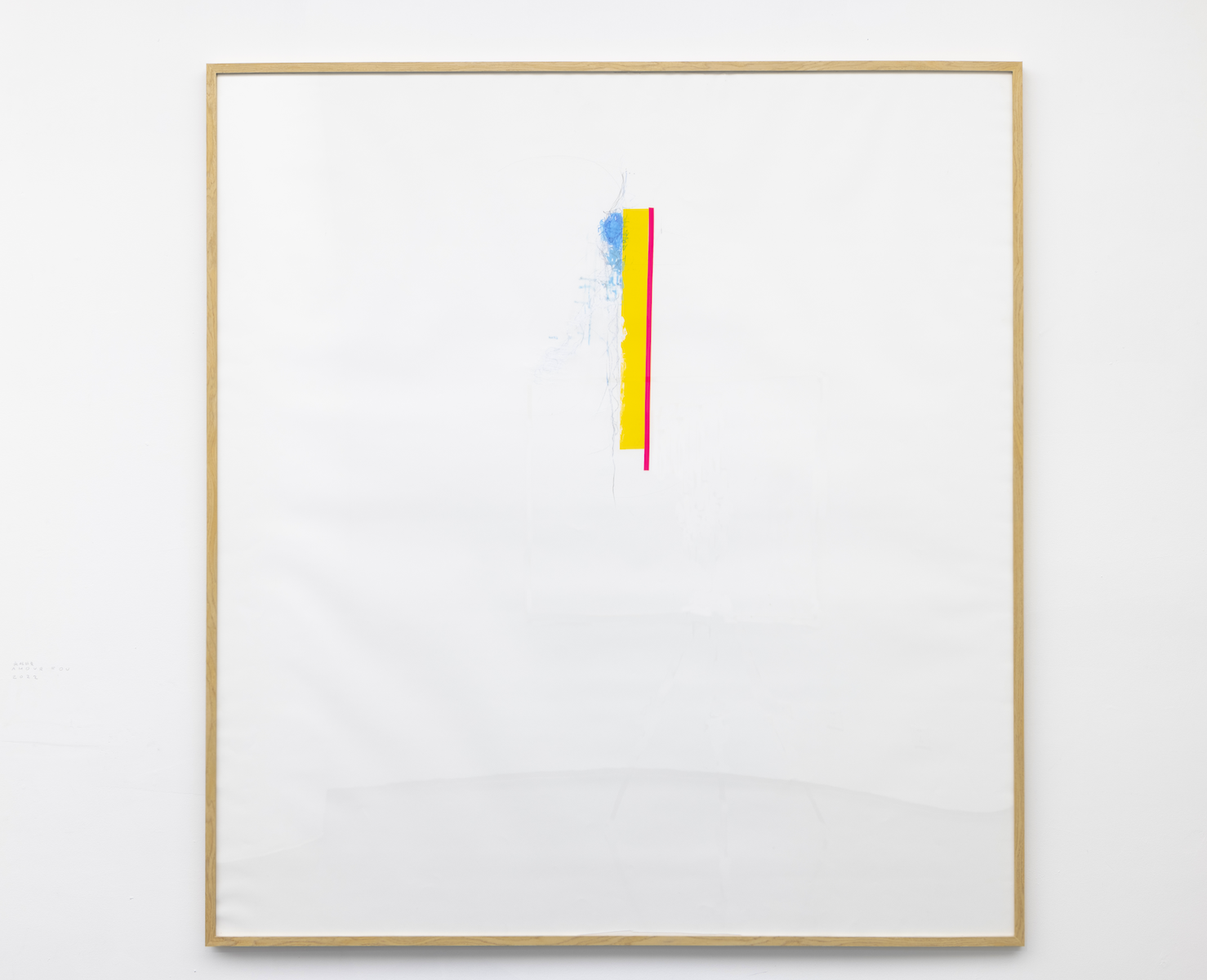
Veronika Wenger, 2022
Photo: Boxes Art Museum
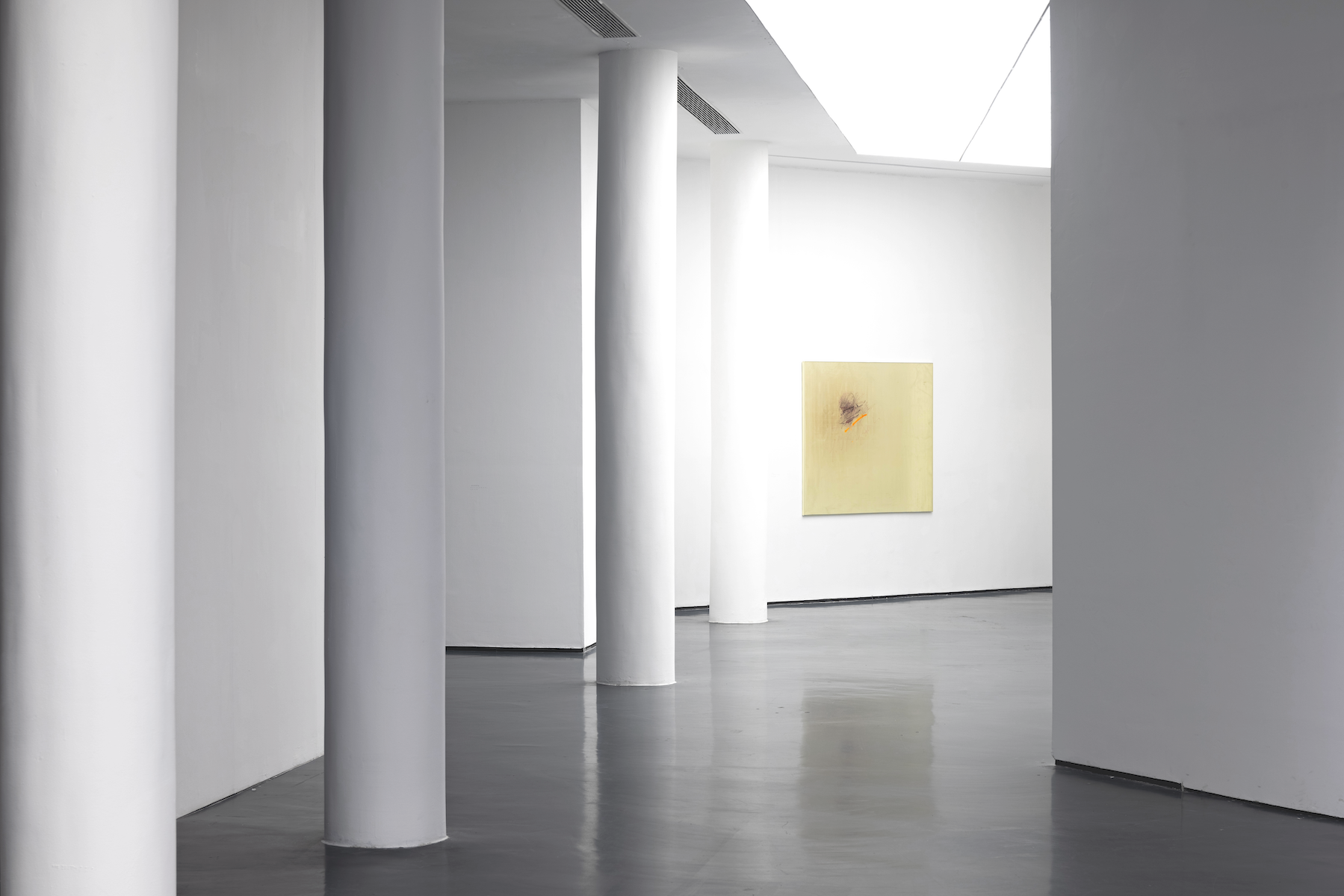
Upon a line
Photo: Boxes Art Museum
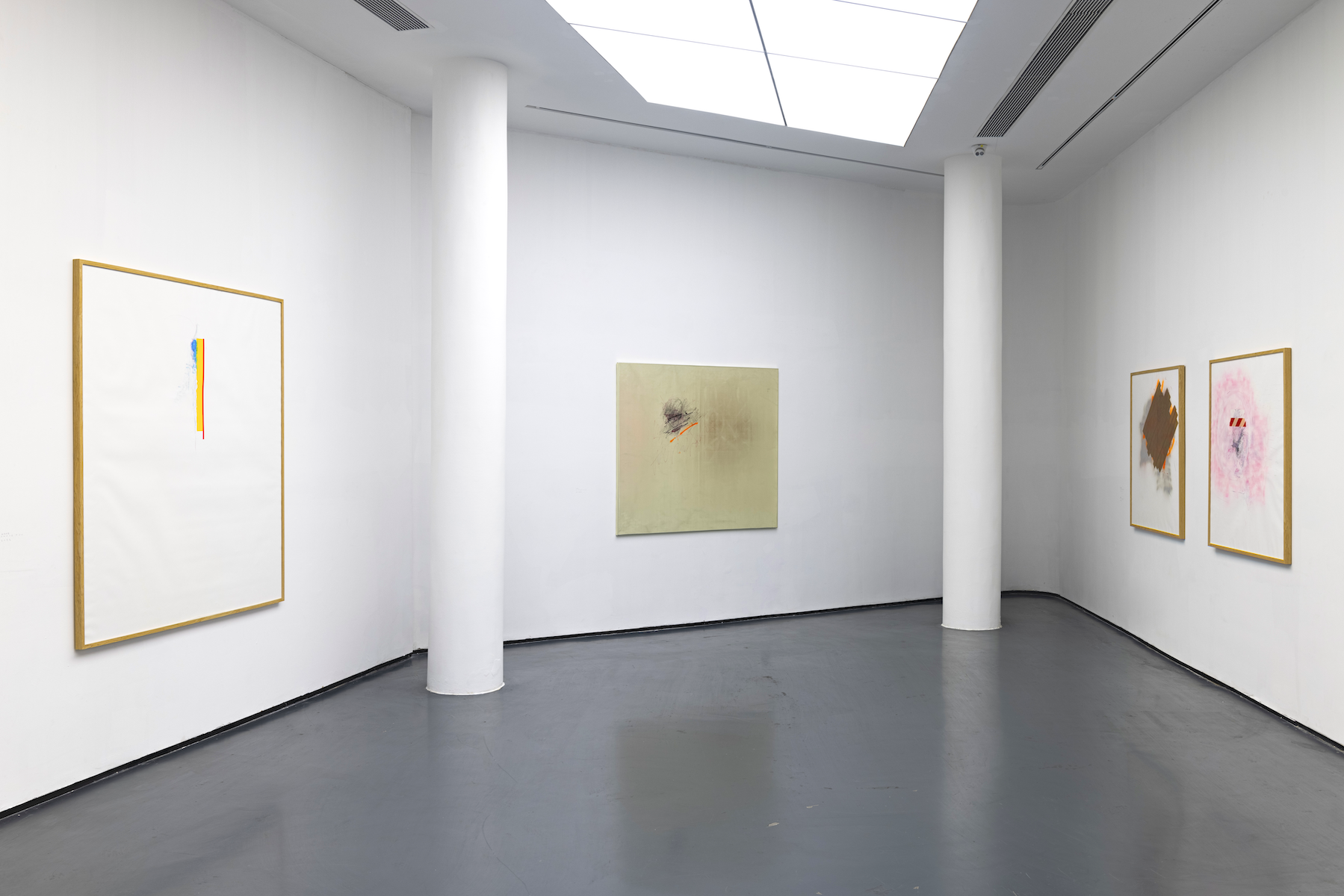
Upon a line
Photo: Boxes Art Museum
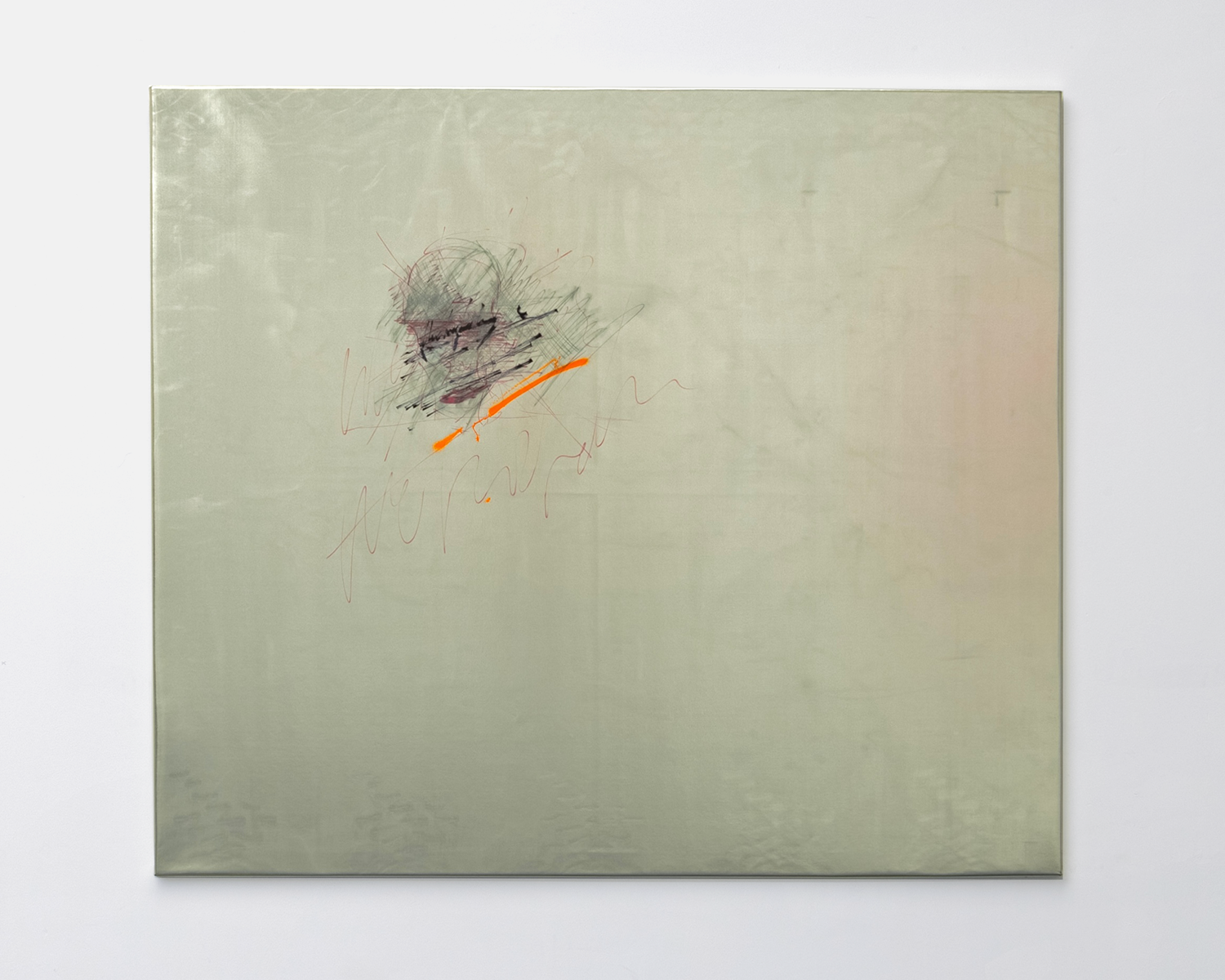
Veronika Wenger, 2023
Photo: Boxes Art Museum
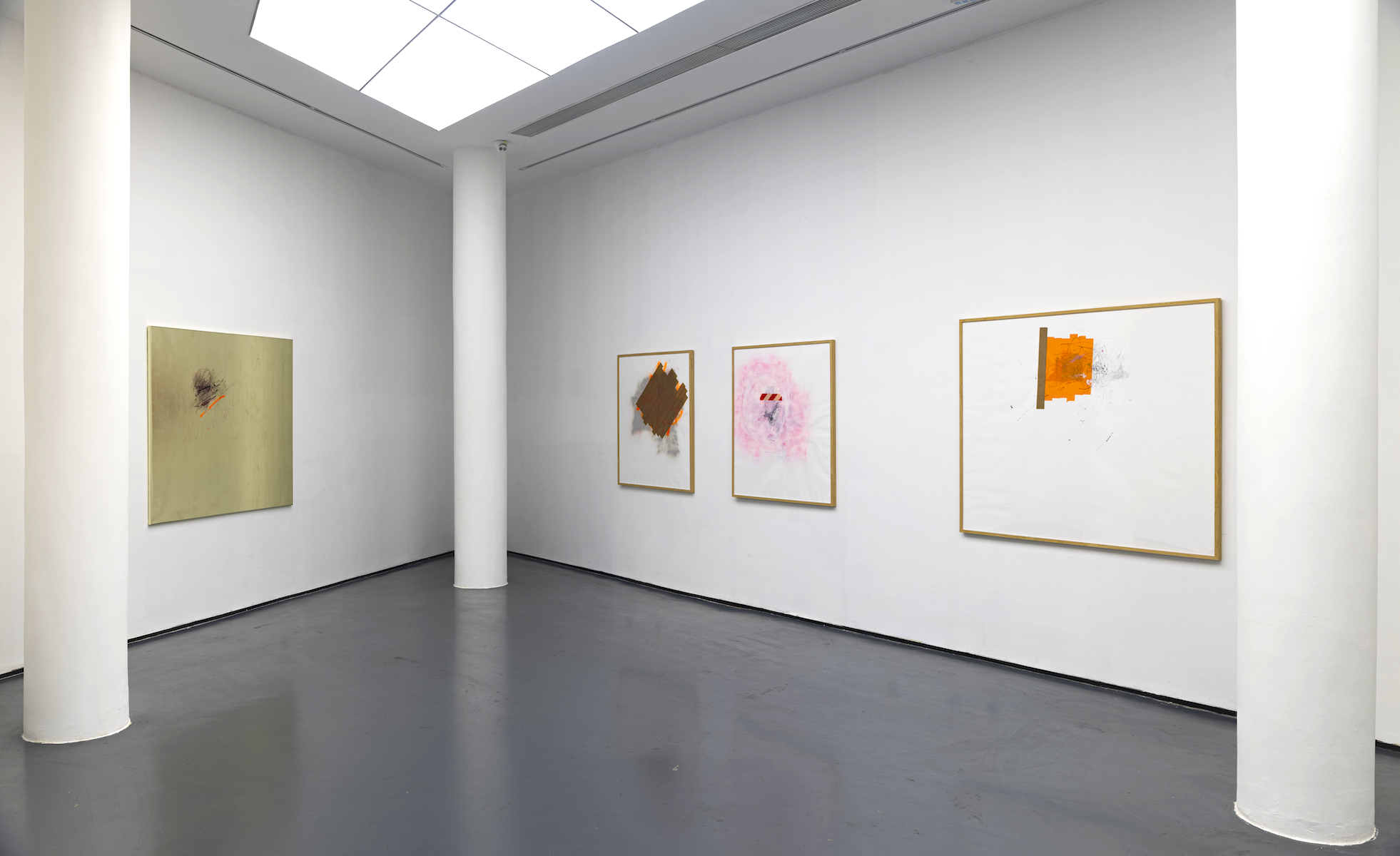
Upon a line
Photo: Boxes Art Museum

Upon a line
Photo: Boxes Art Museum
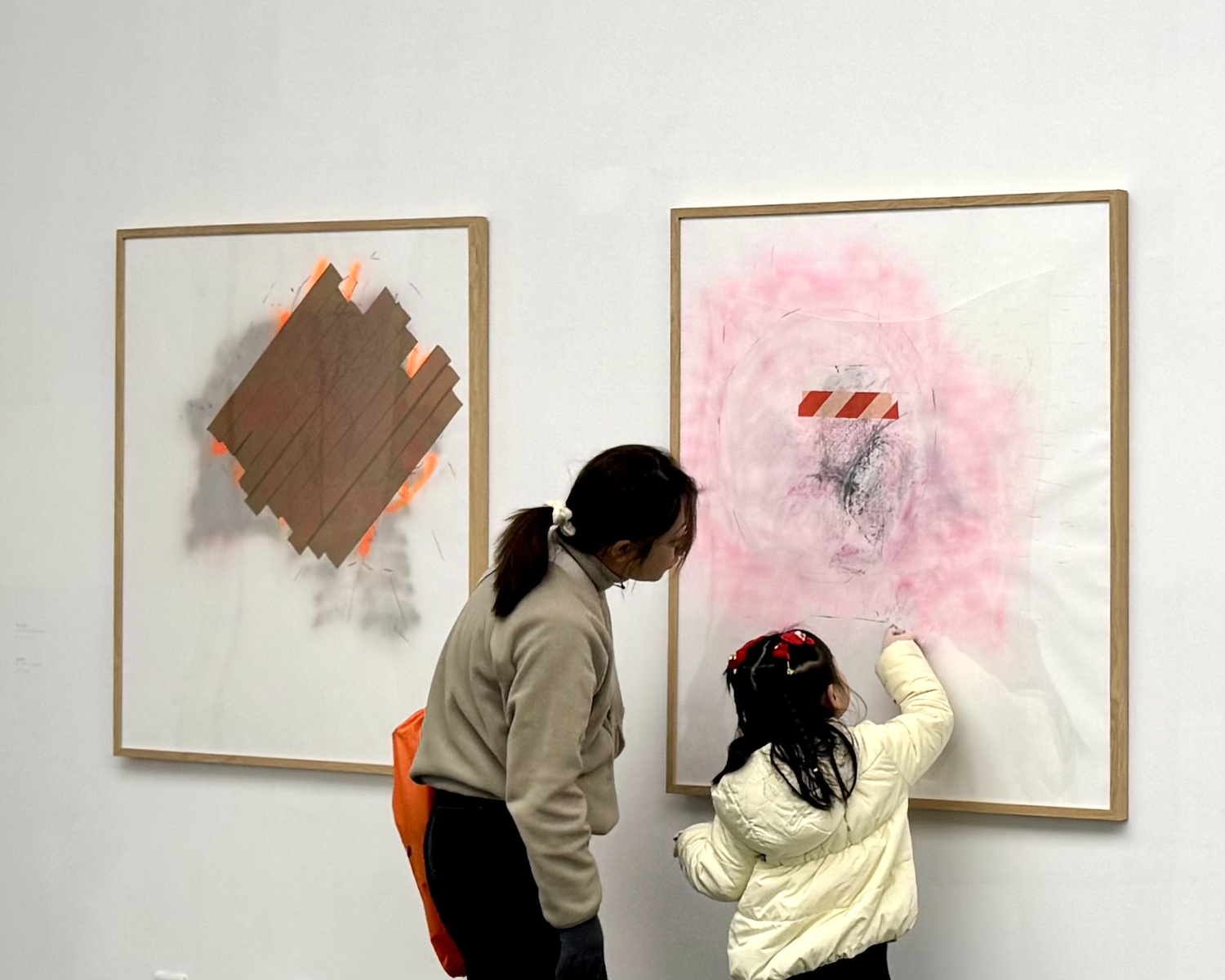
Upon a line
Photo: Boxes Art Museum
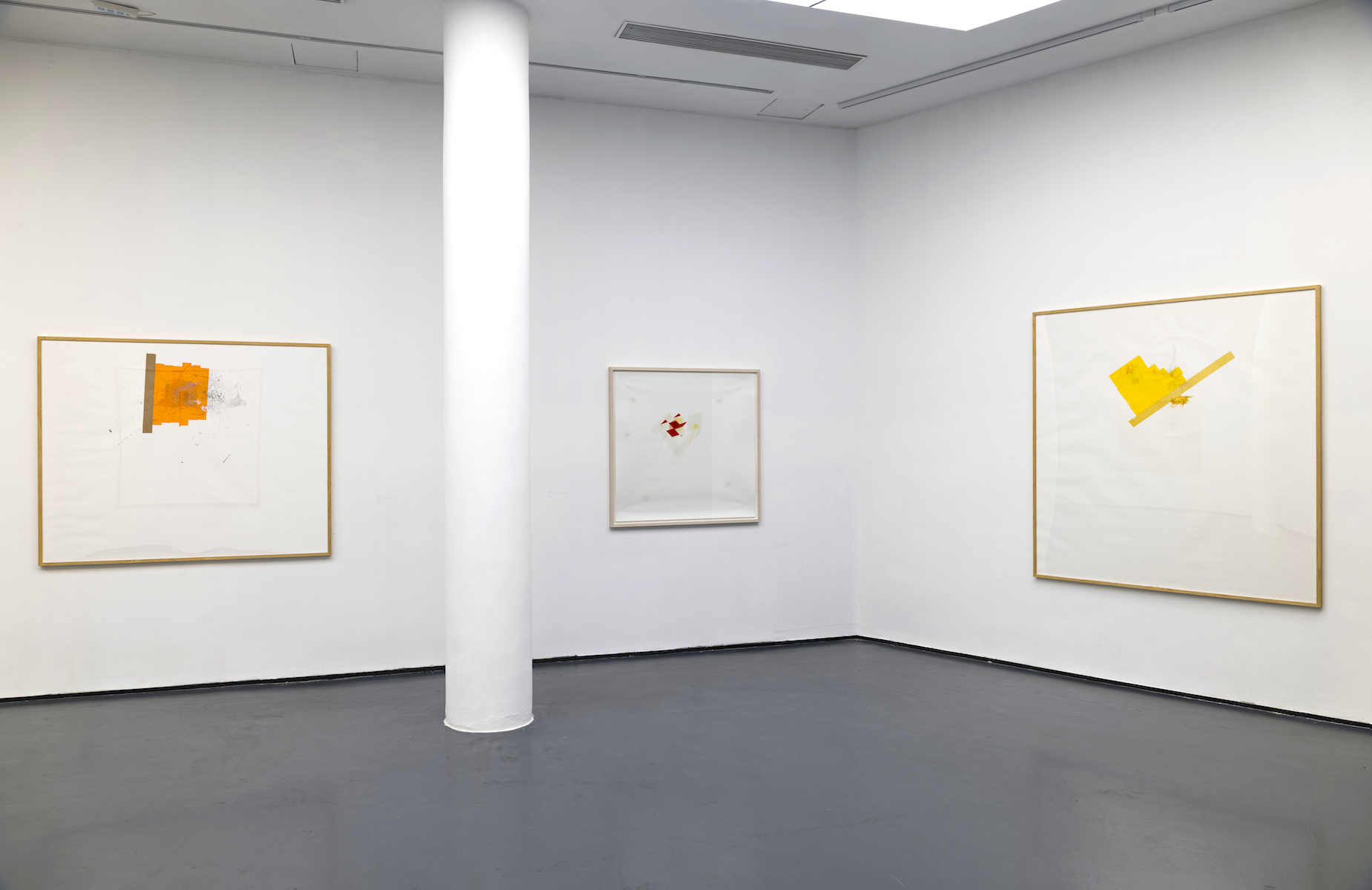
Upon a line
Photo: Boxes Art Museum
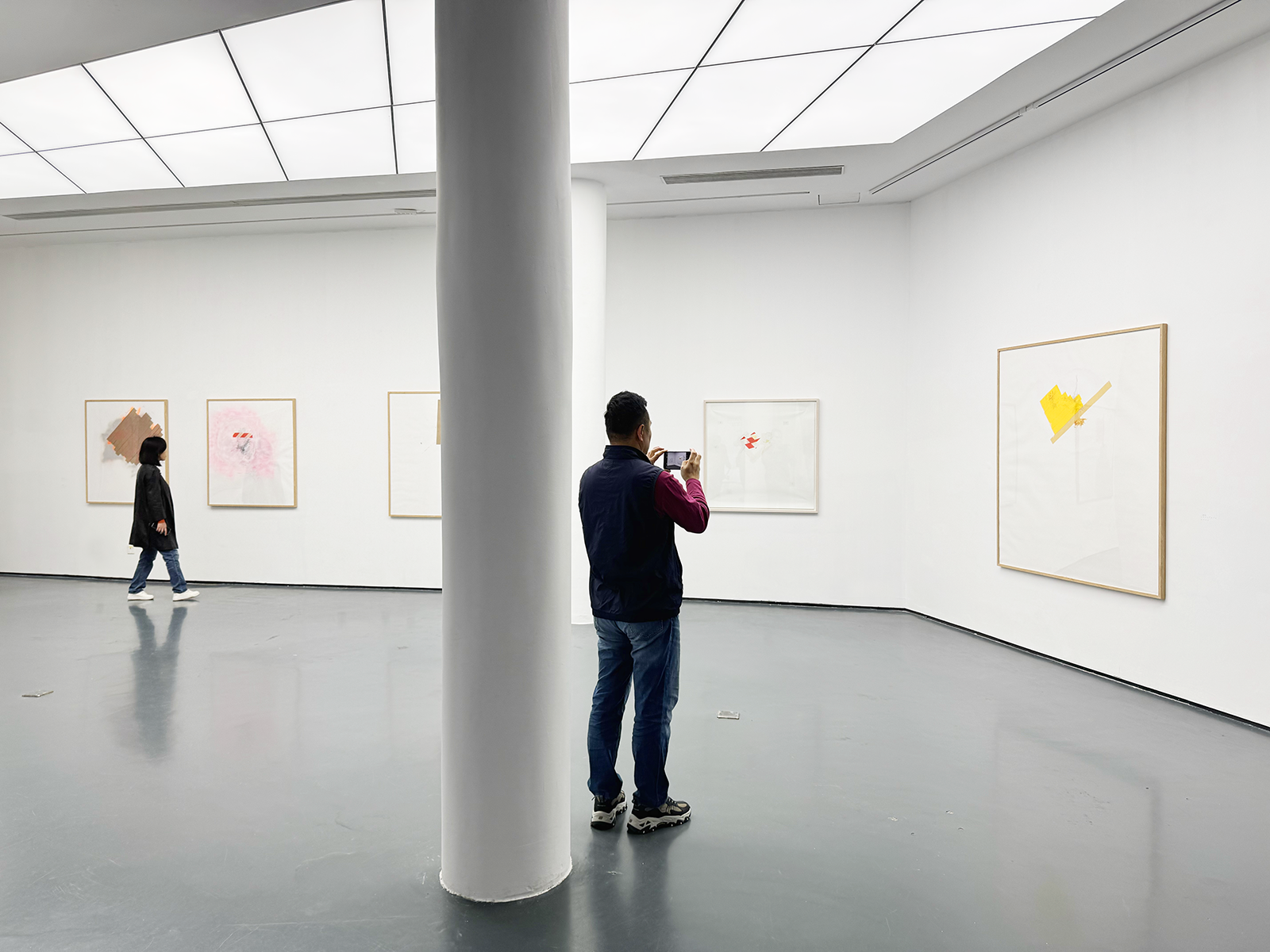
Upon a line
Photo: Boxes Art Museum
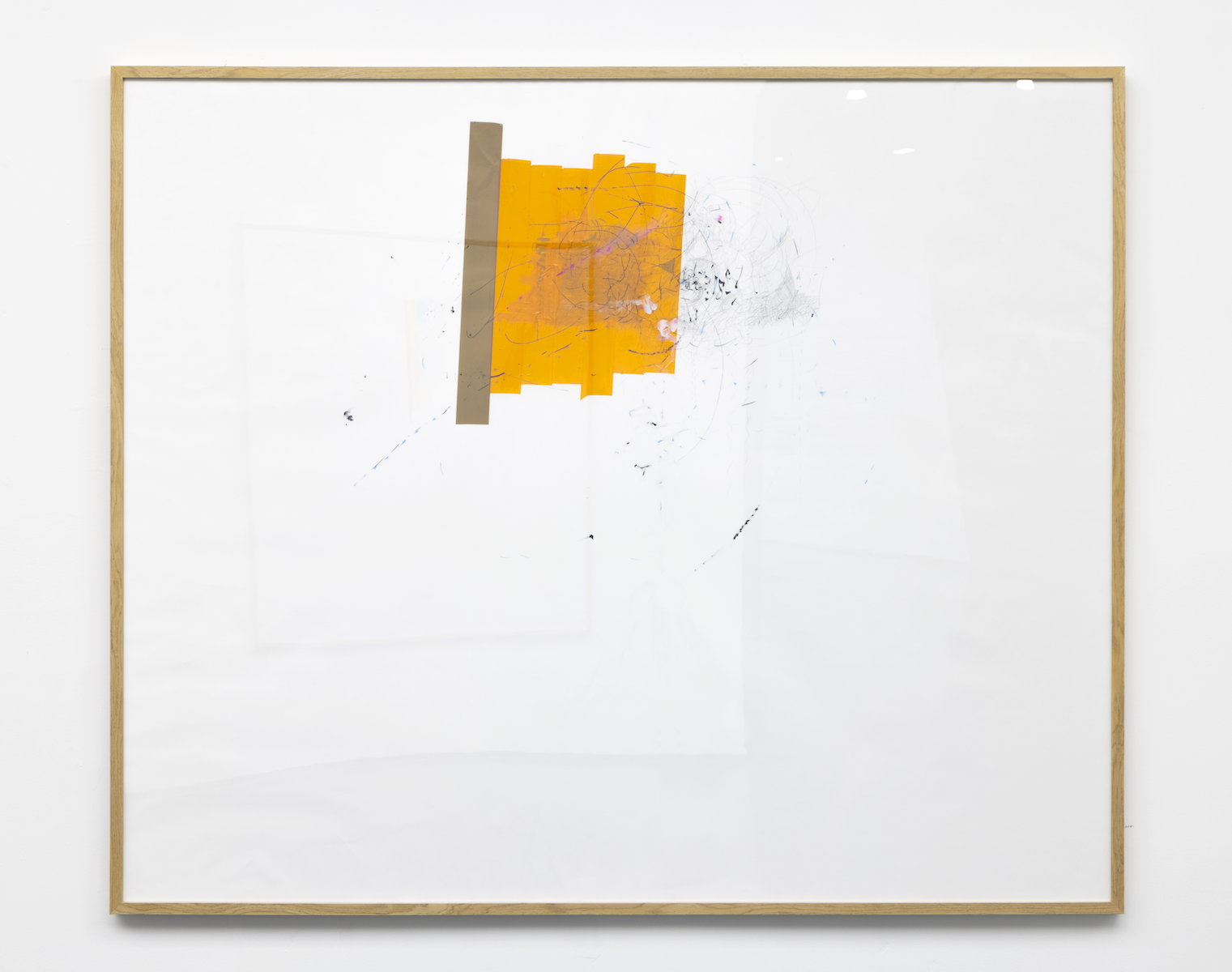
Veronika Wenger, 2024
Photo: Boxes Art Museum
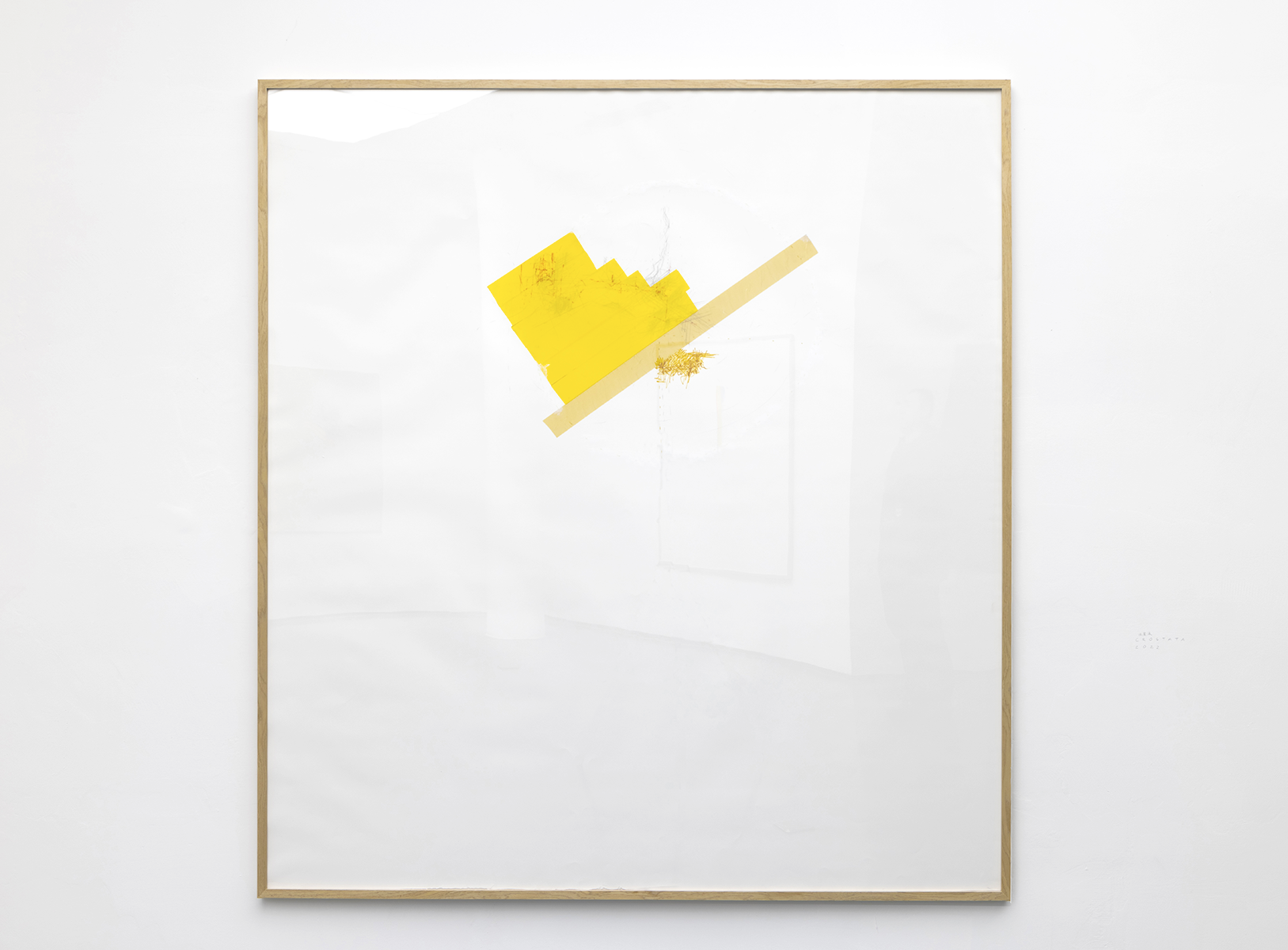
Veronika Wenger, 2022
Photo: Boxes Art Museum
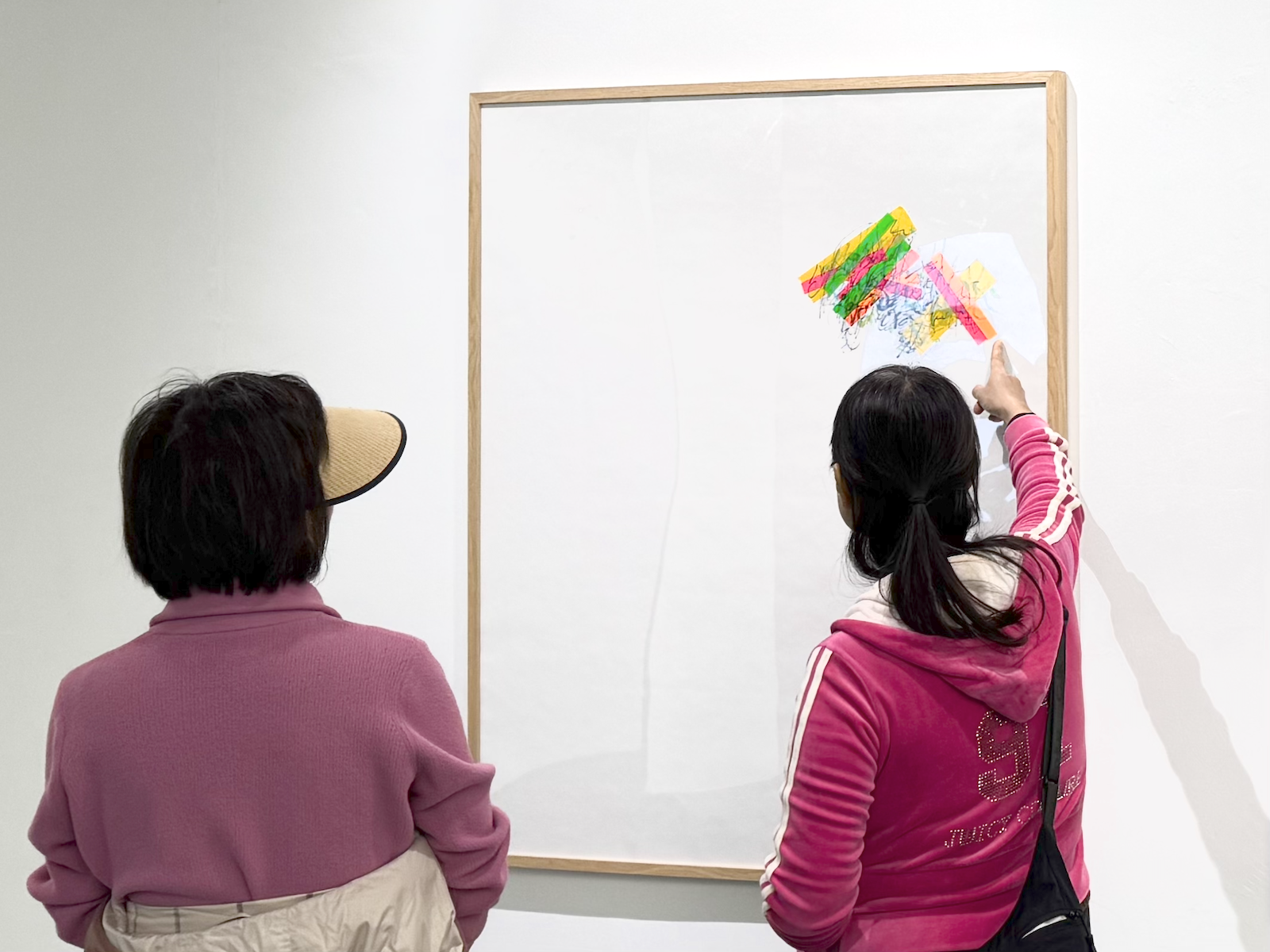
Upon a line
Photo: Boxes Art Museum
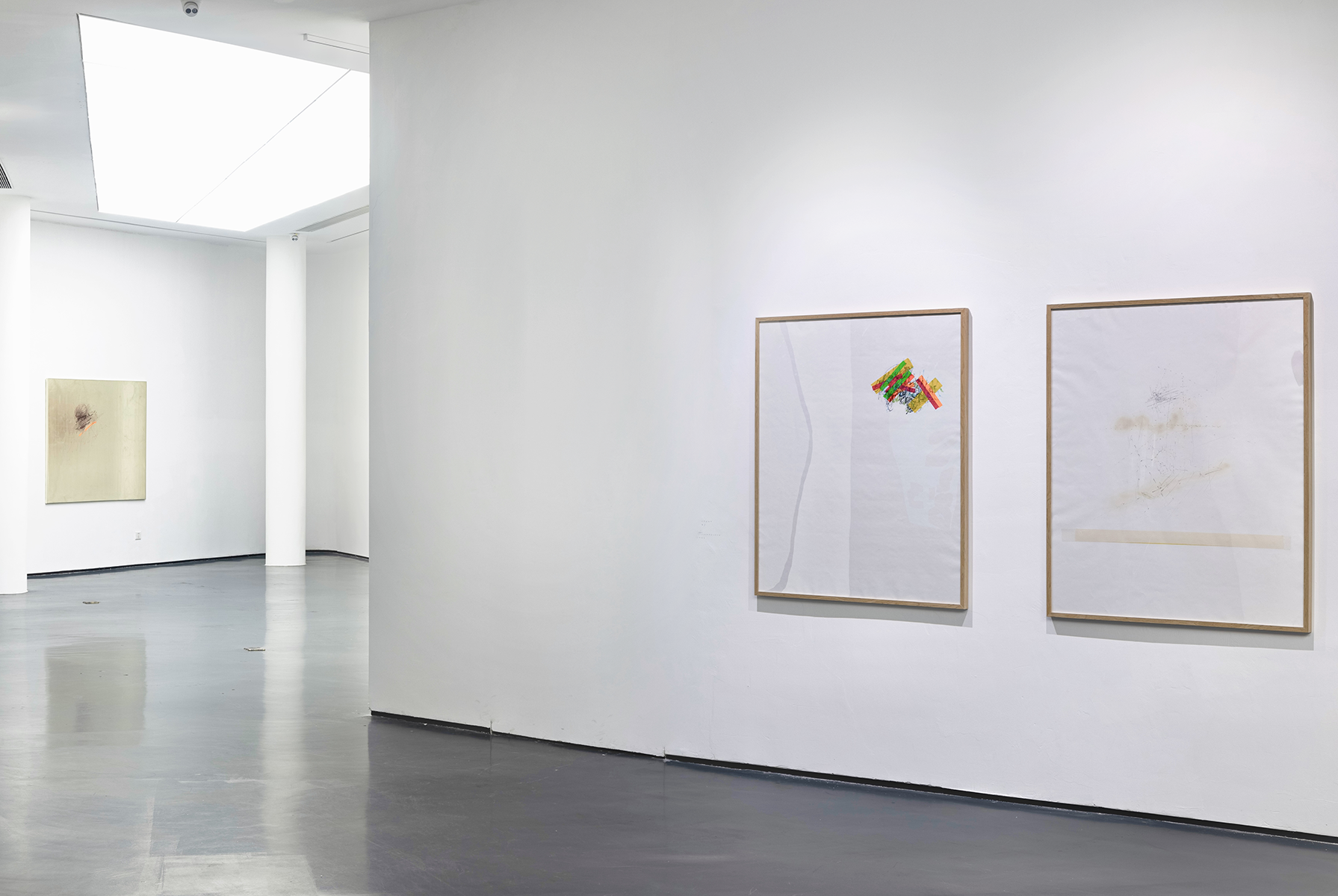
Upon a line
Photo: Boxes Art Museum
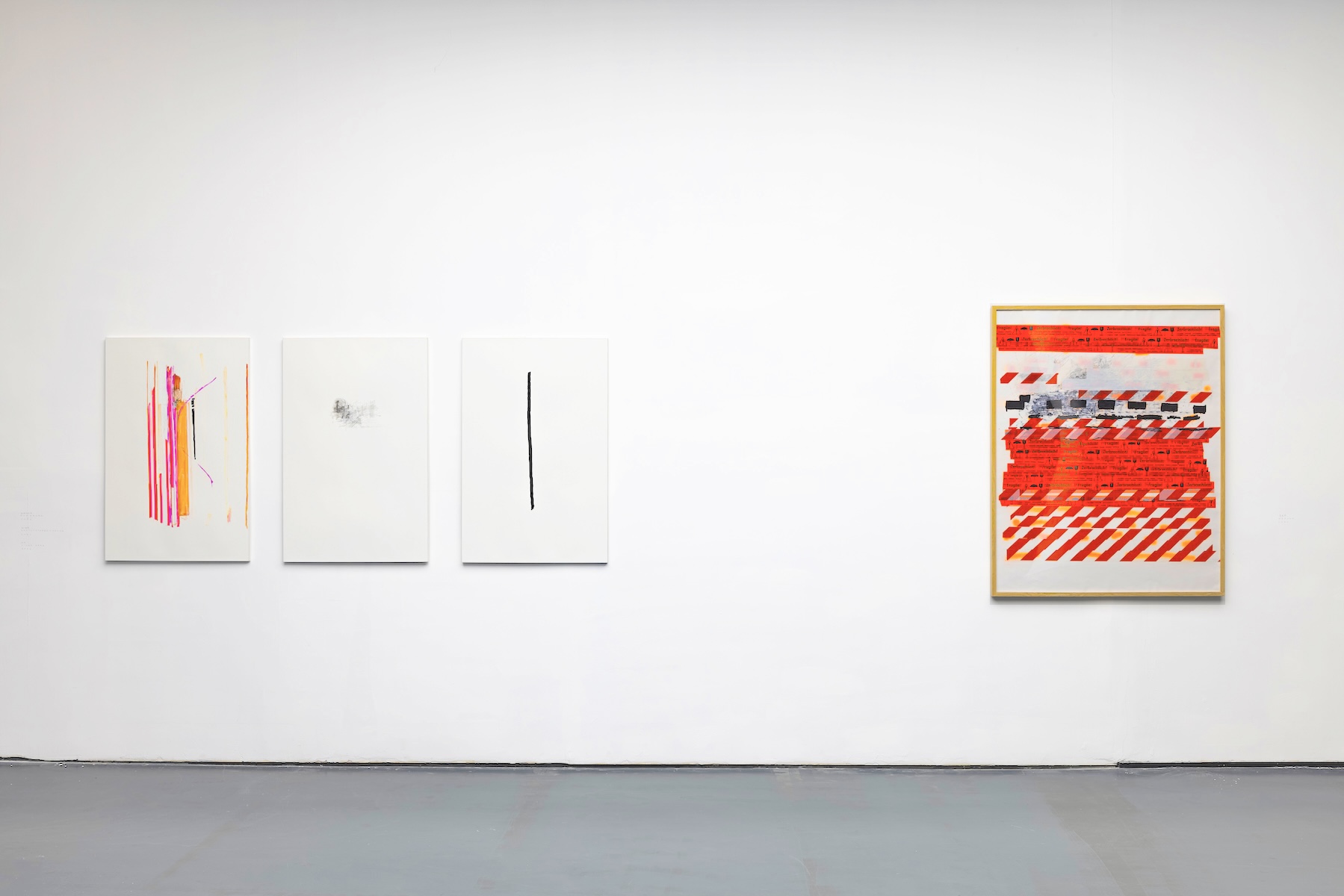
Upon a line
Photo: Boxes Art Museum

Veronika Wenger, 2024
Photo: Boxes Art Museum
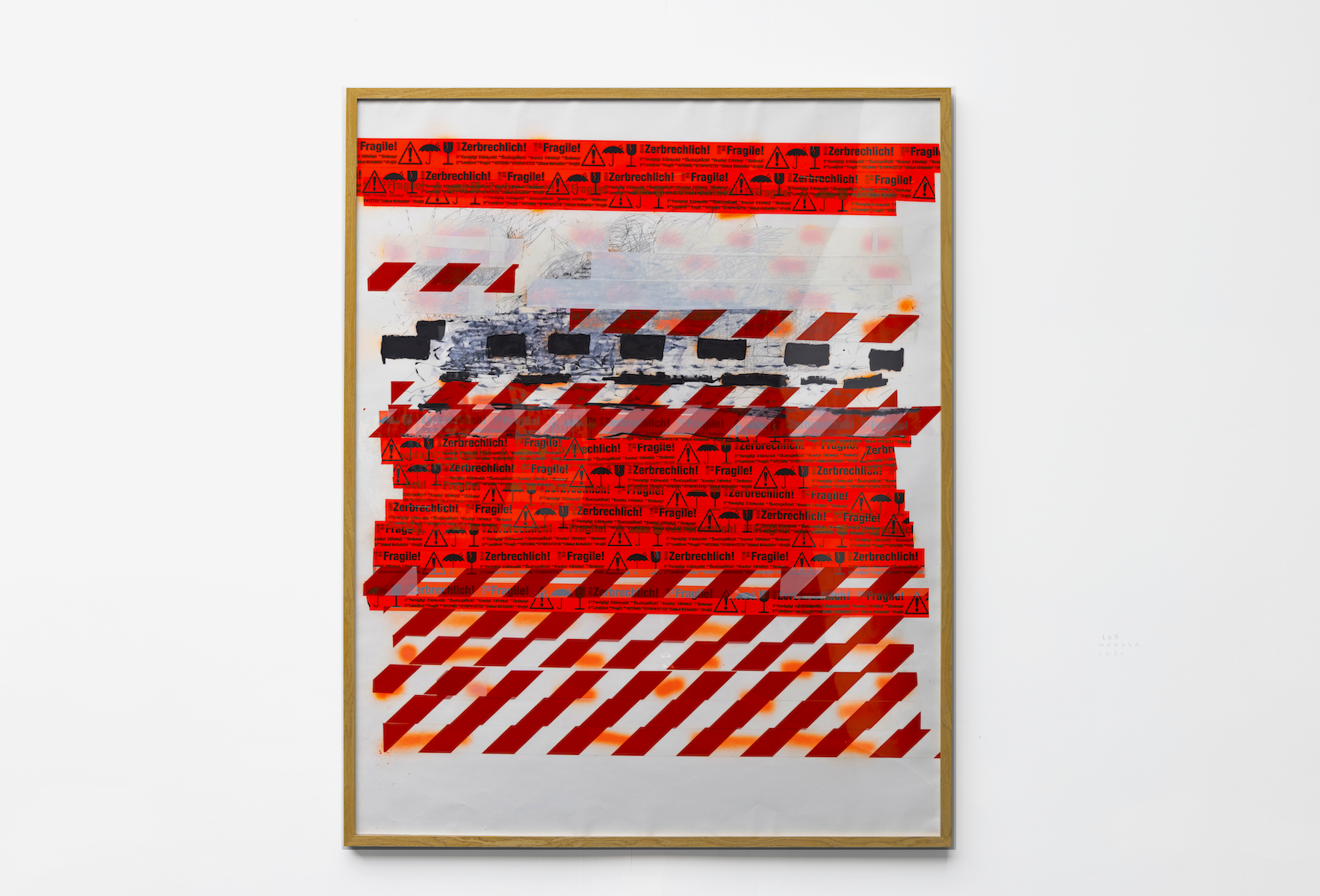
Veronika Wenger, 2024
Photo: Boxes Art Museum
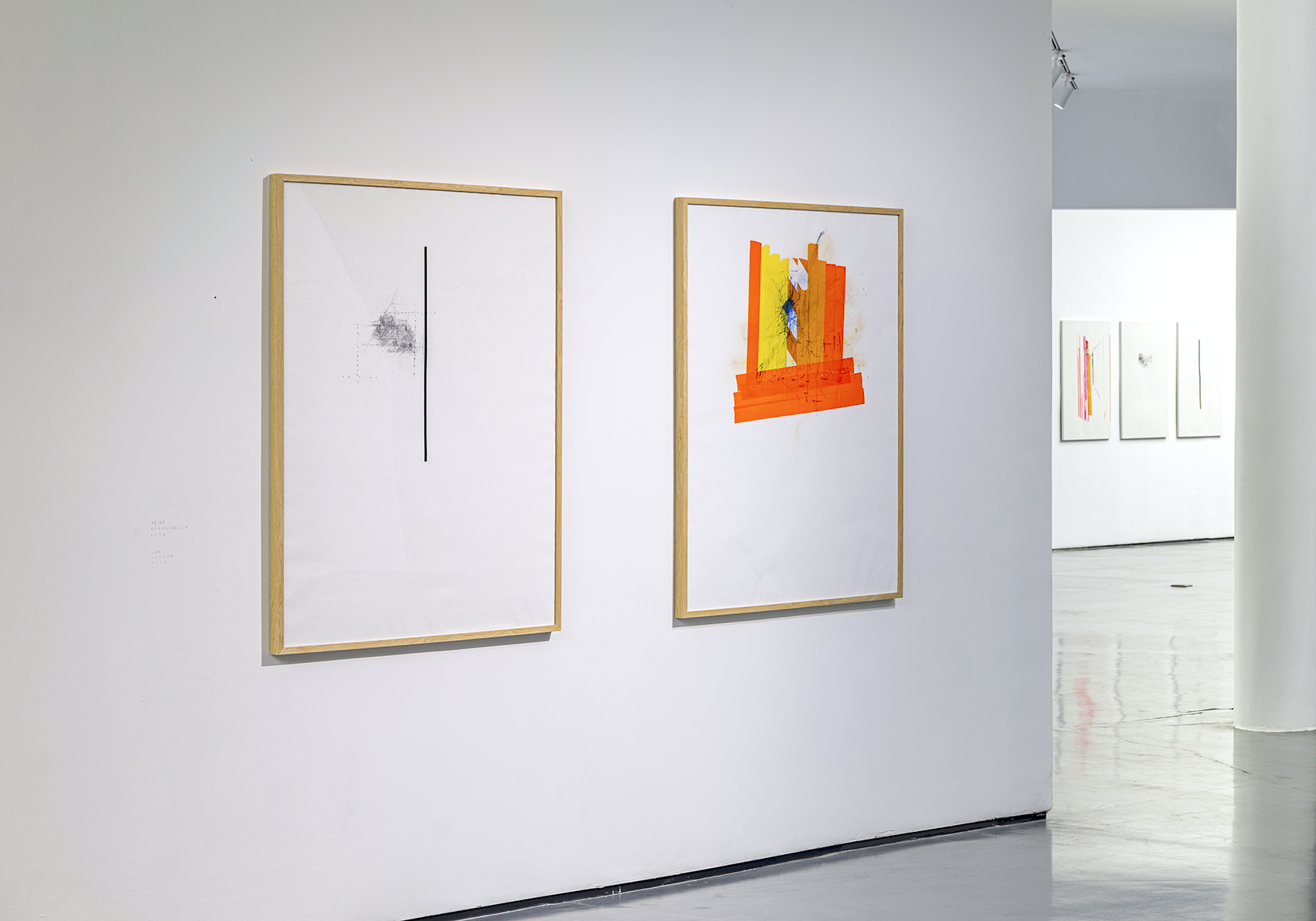
Upon a line
Photo: Boxes Art Museum

Upon a line
Photo: Boxes Art Museum

Upon a line
Photo: Boxes Art Museum
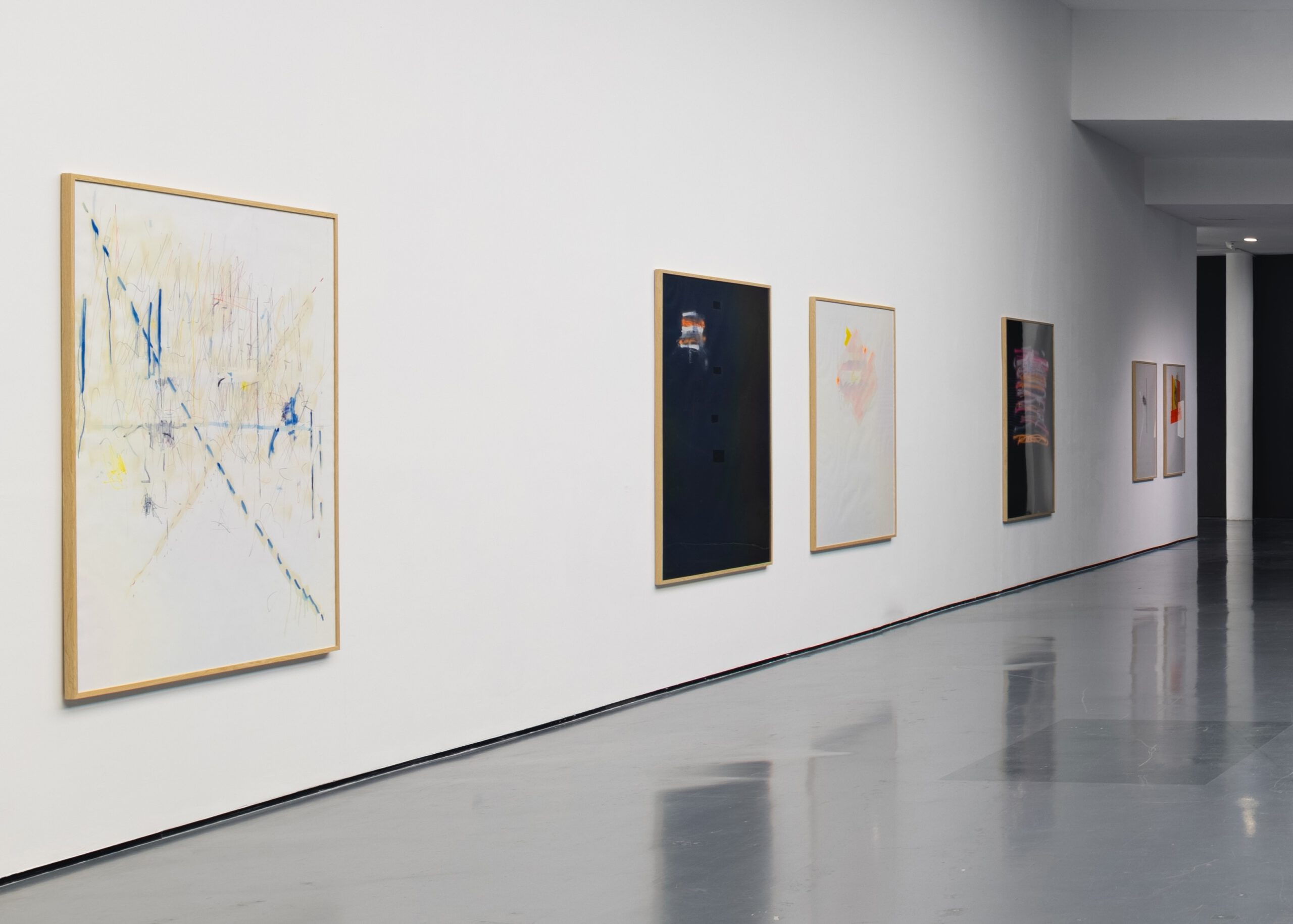
Upon a line
Photo: Boxes Art Museum
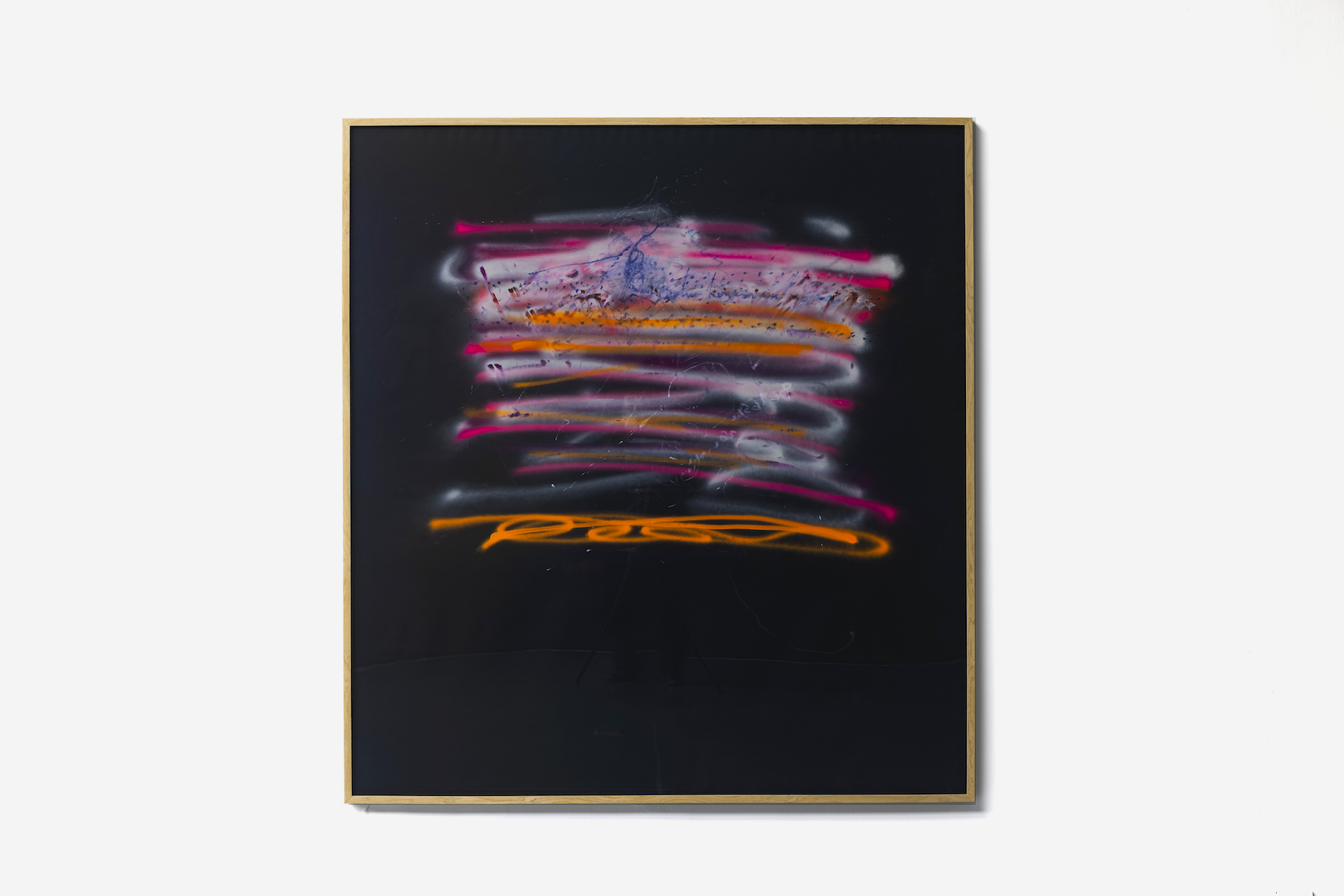
Veronika Wenger, 2023
Photo: Boxes Art Museum
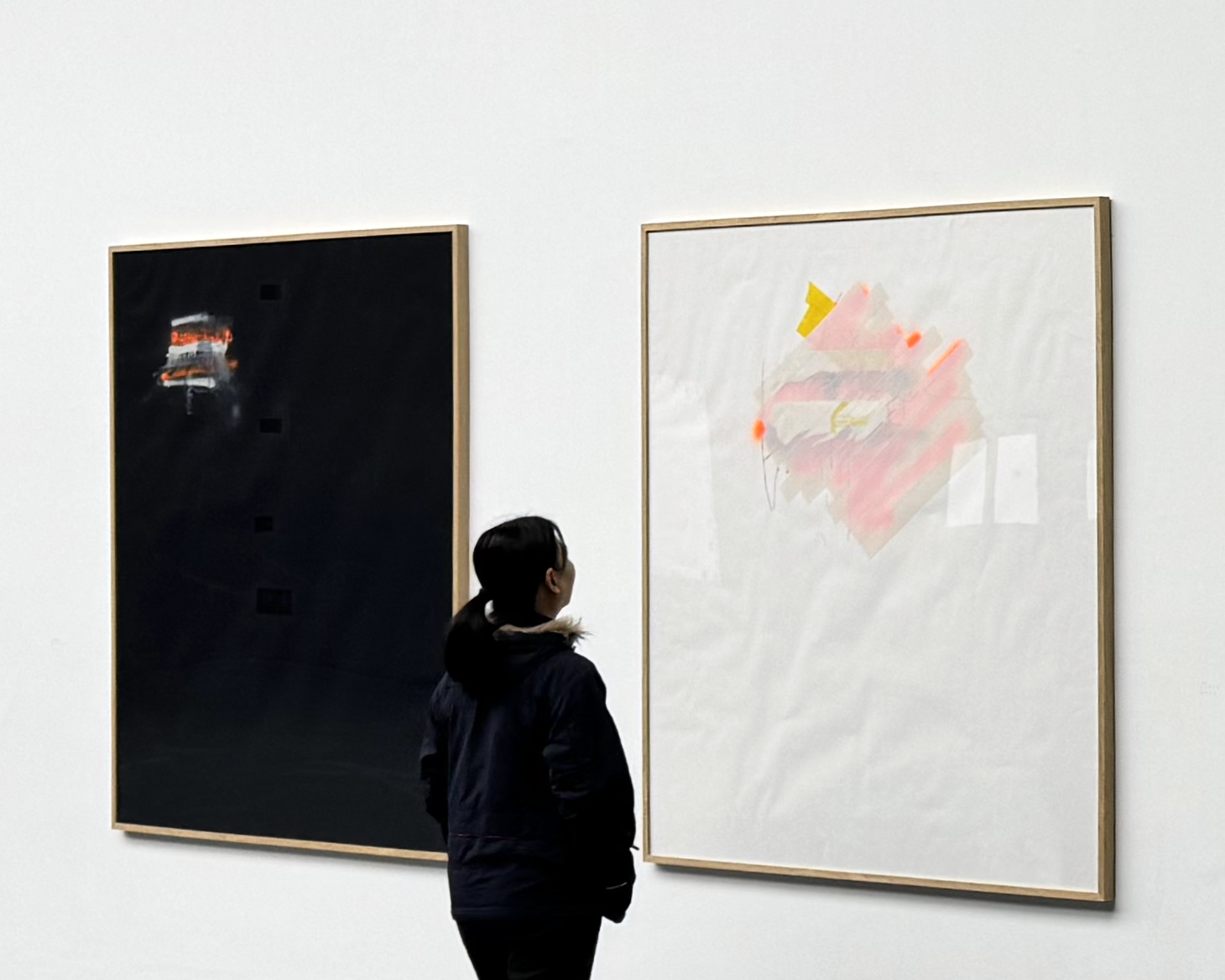
Upon a line
Photo: Boxes Art Museum
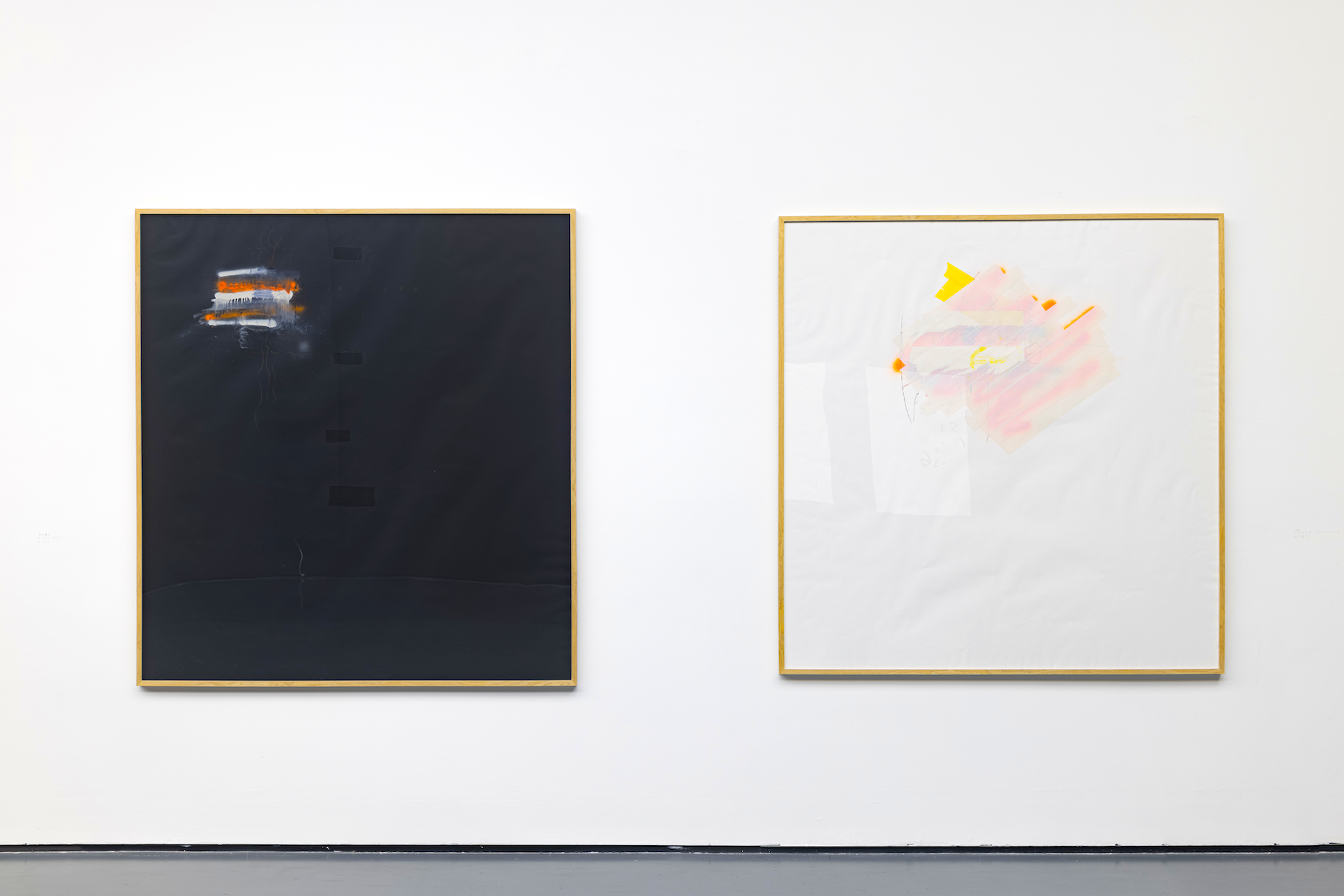
Veronika Wenger, 2022-2023
Photo: Boxes Art Museum
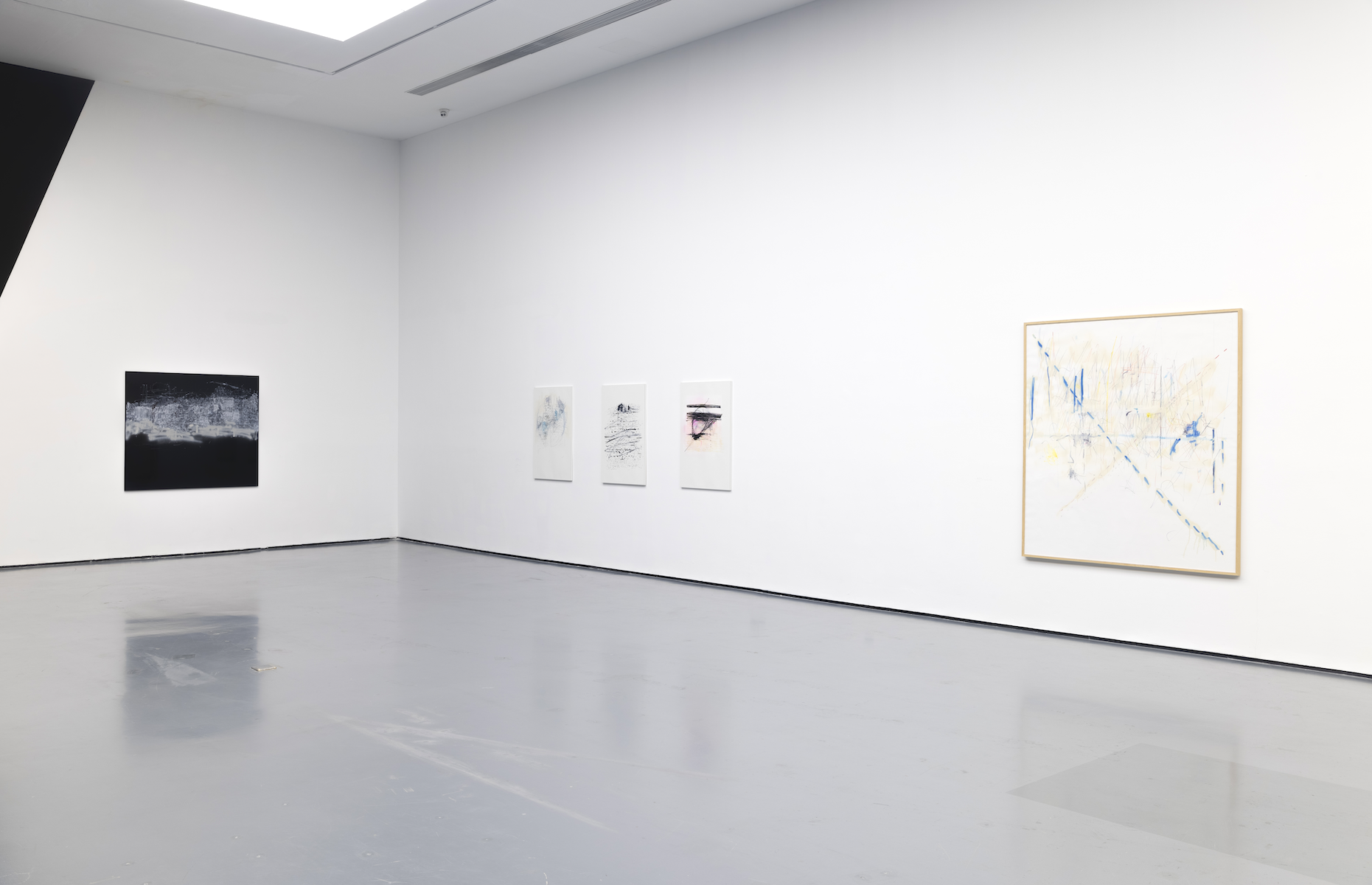
Upon a line
Photo: Boxes Art Museum
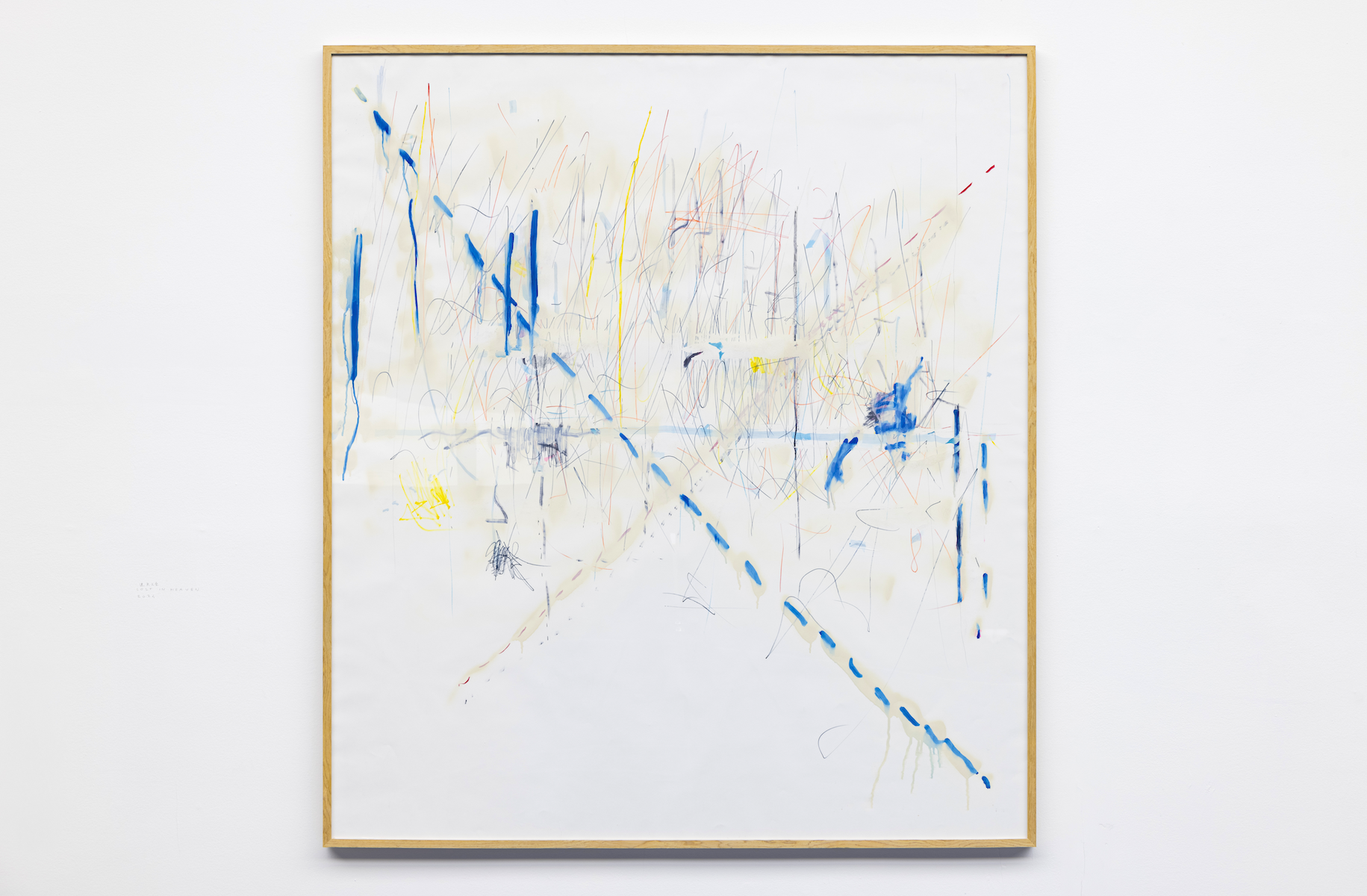
Veronika Wenger, 2019
Photo: Boxes Art Museum
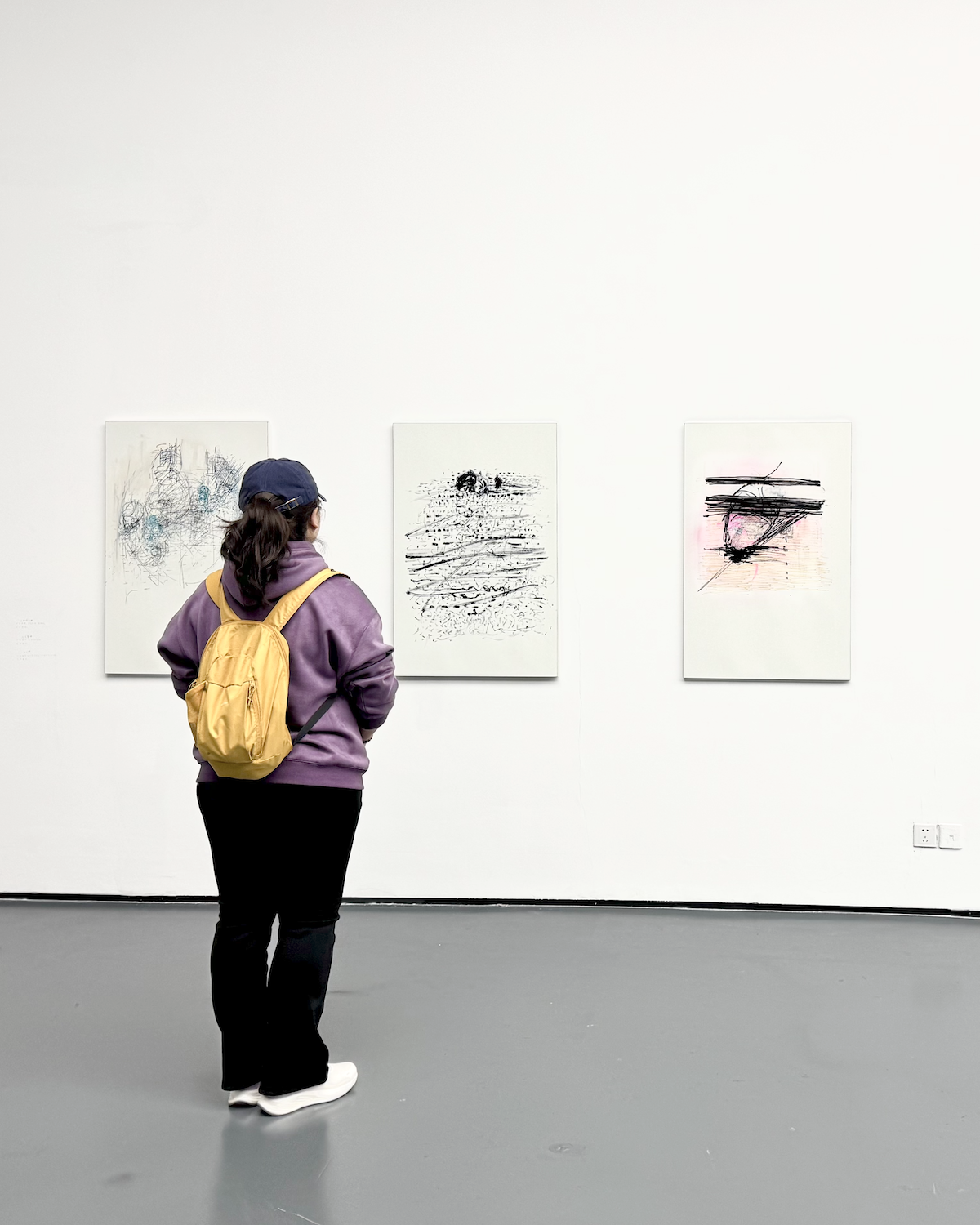
Upon a line
Photo: Boxes Art Museum
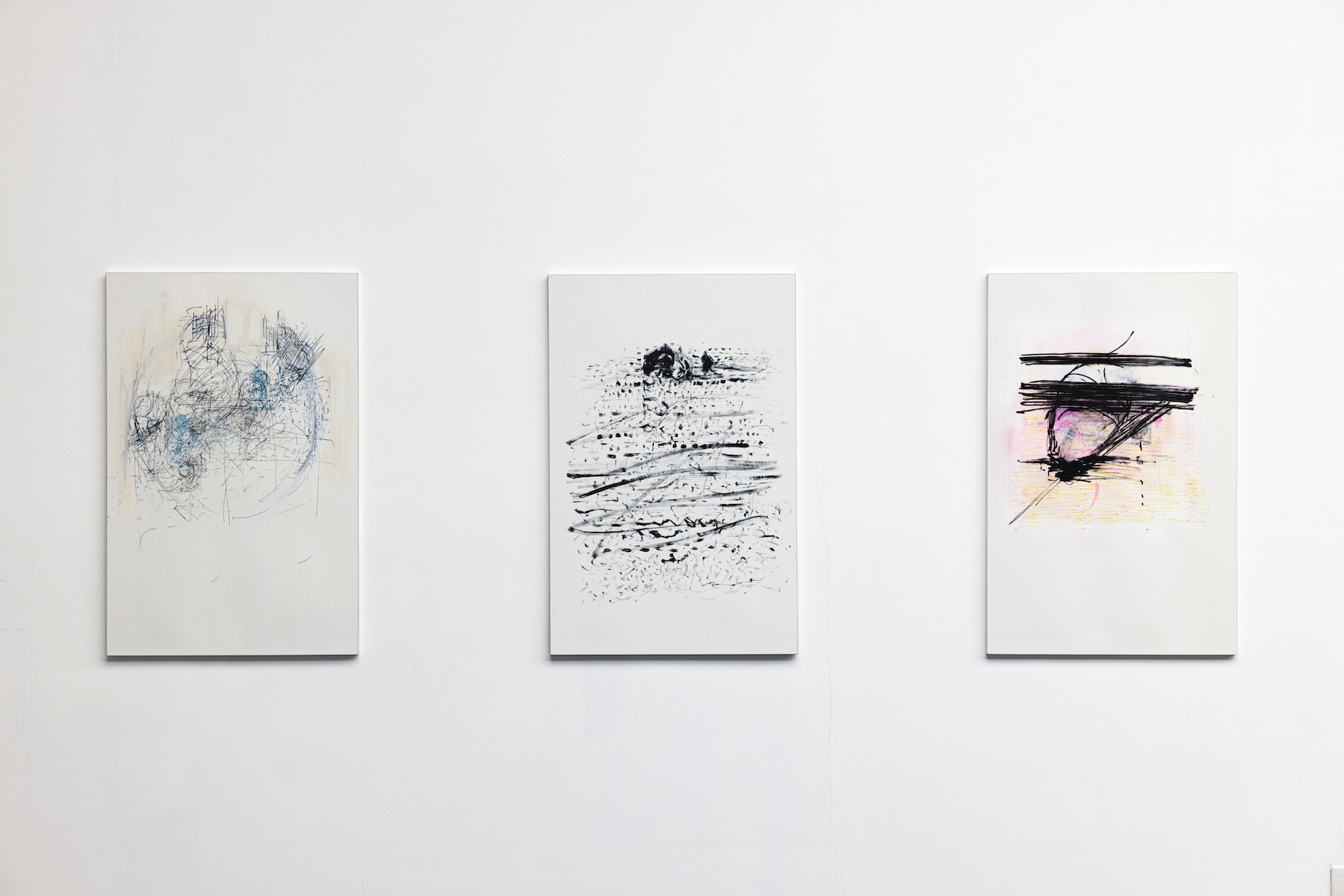
Veronika Wenger, 2024
Photo: Boxes Art Museum
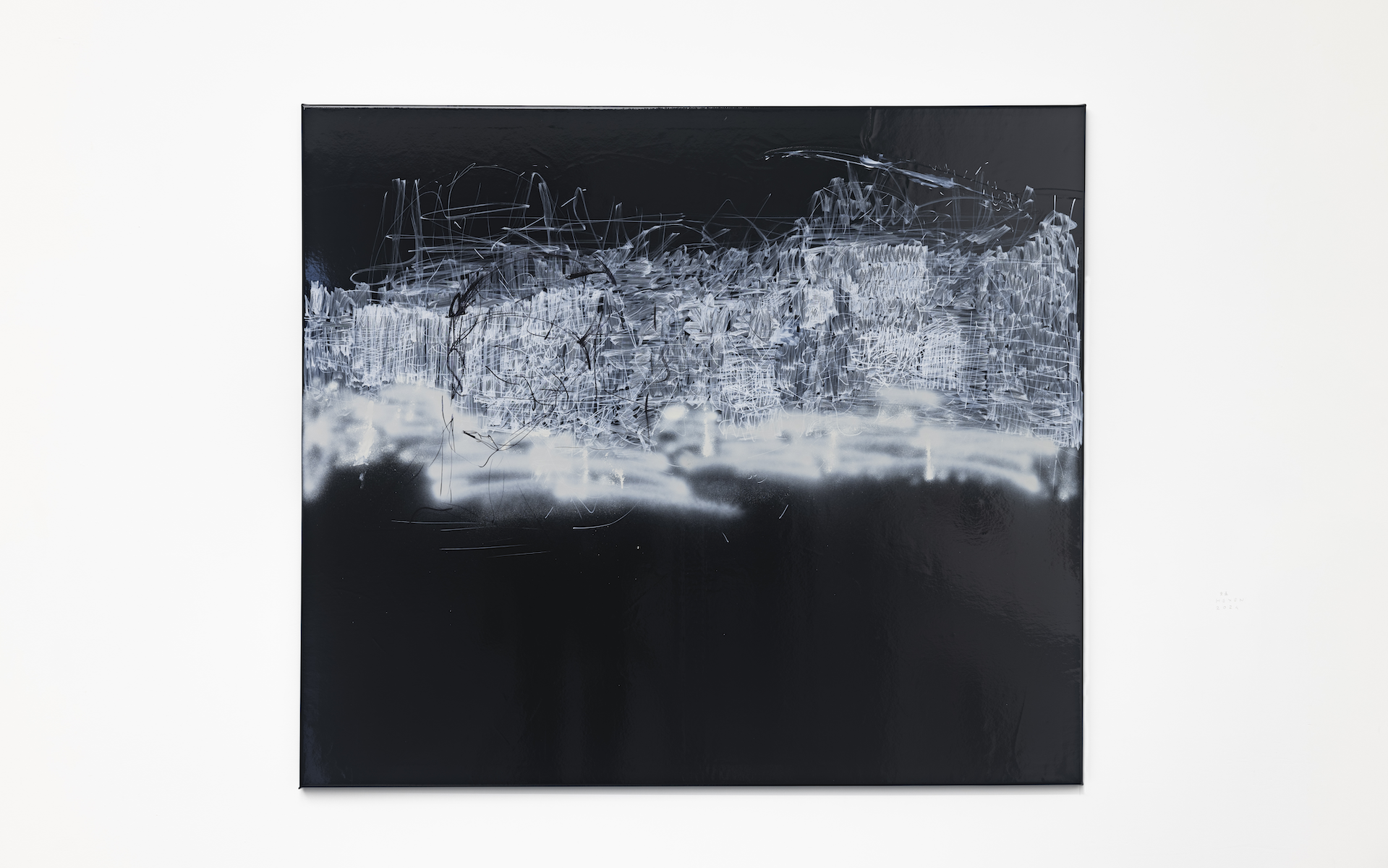
Veronika Wenger, 2024
Photo: Boxes Art Museum
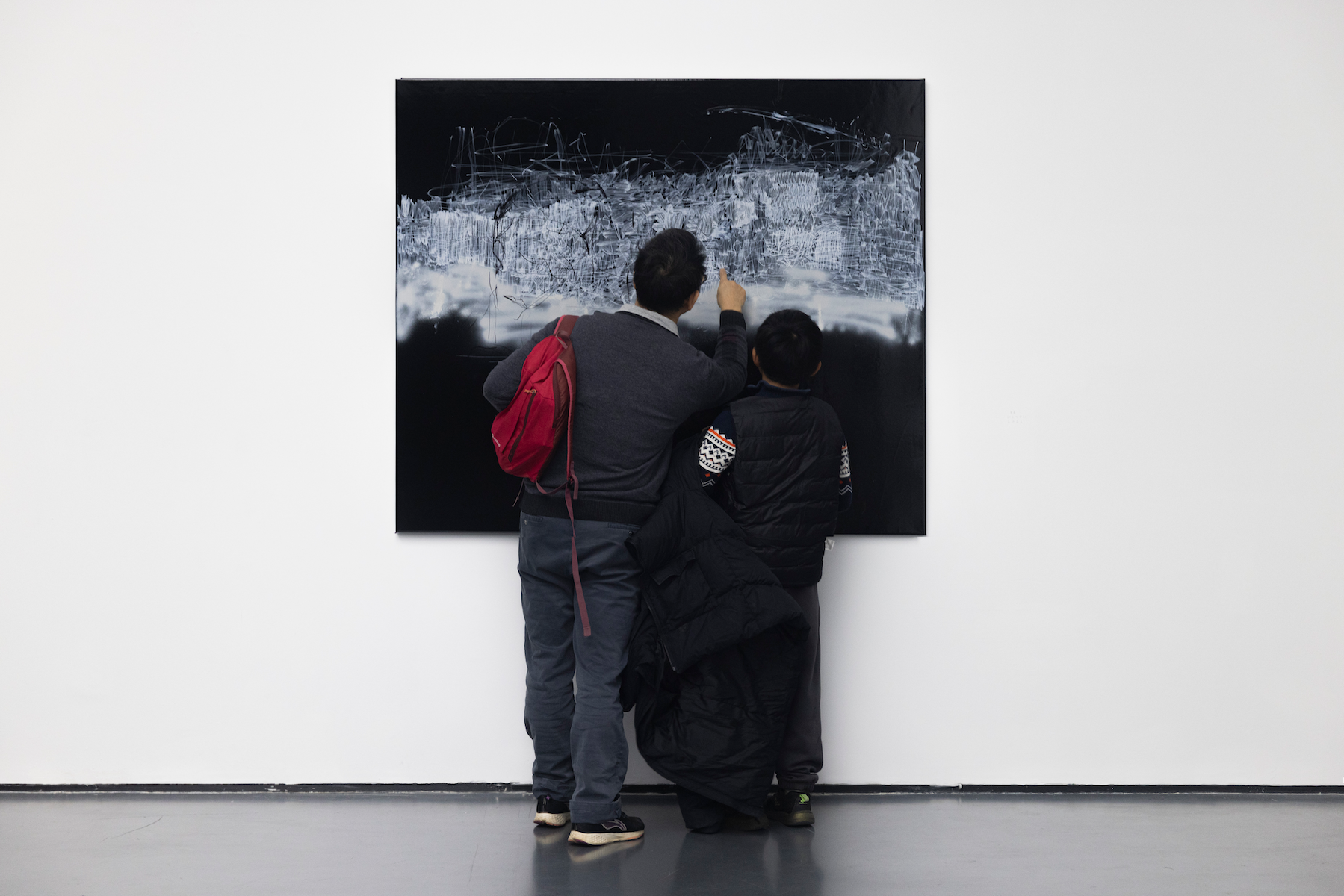
Upon a line
Photo: Boxes Art Museum
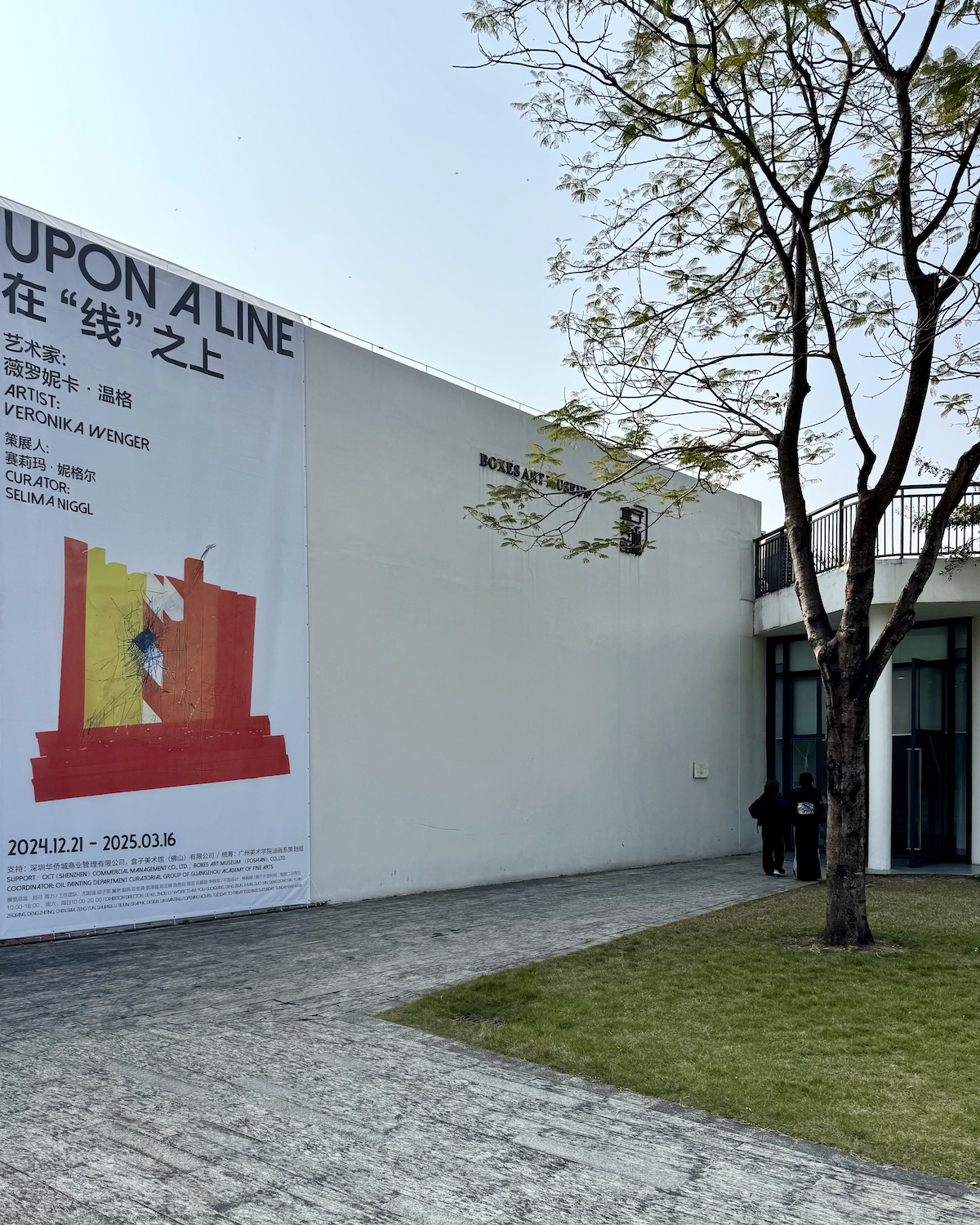
Organizer: Boxes Art Museum
Support: OCT (Shenzhen) Commercial Management Co., Ltd., Boxes Art Museum (Foshan) Co., Ltd.
Coordinator: Oil Painting Department Curatorial Group of Guangzhou Academy of Fine Arts
Exhibition Director: Zhou Li, Liu Ke
Team: You Guoqiang, Deng Zhiting, Deng Zijun, Ji Ran, Guo Yan, Deng Dong Yan, Yuan Zeqiang, Chen Sijia, Zeng Yun, Shi Jiaqi
Exhibition Graphics: Lin Wanting





















